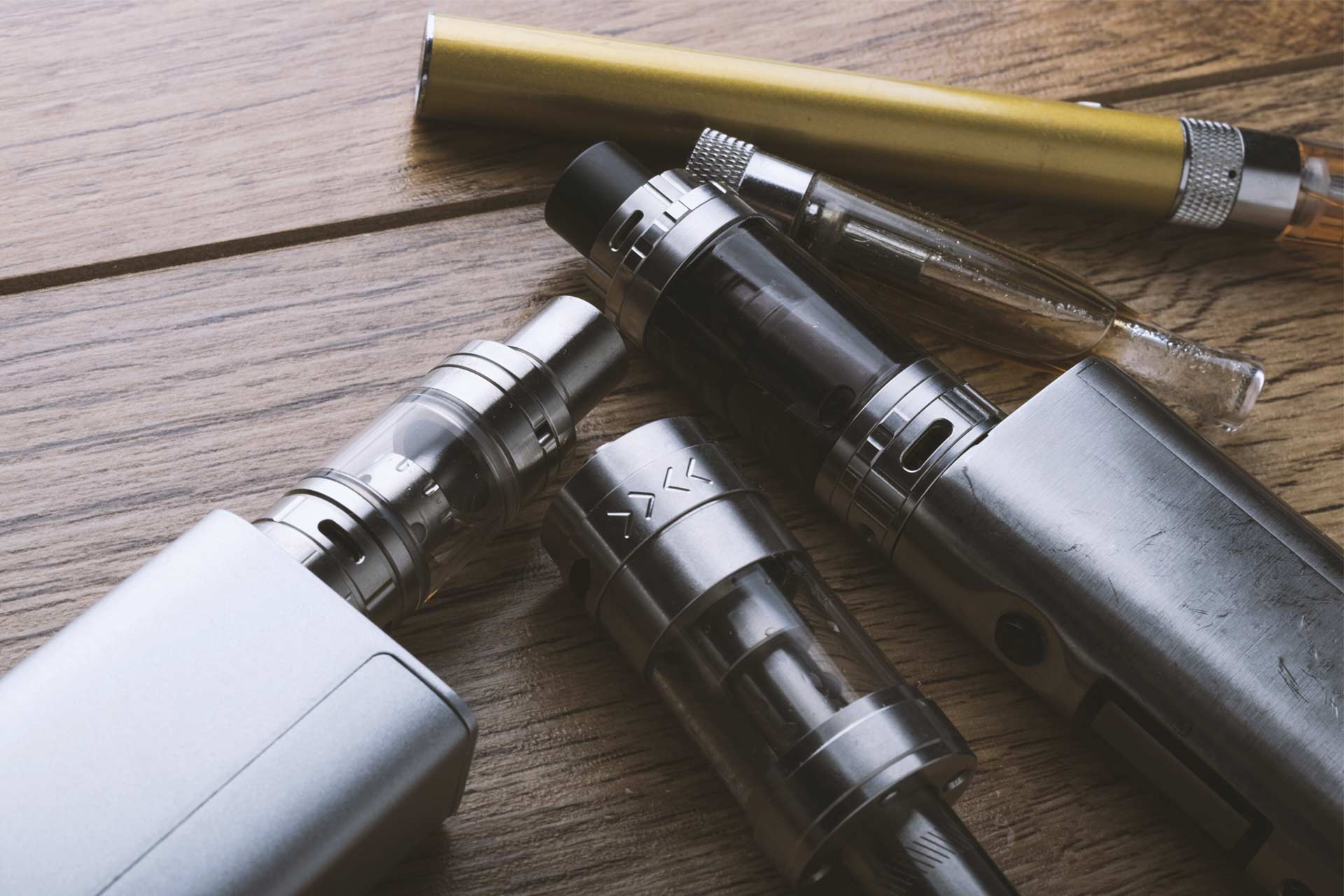Classic Cannabis Strains: Pineapple Express
The classics never go out of style.
There’s an argument in cannabis circles. Pineapple Express: which came first- the strain or the film? If you ask Seth Rogen, he’ll tell you the movie came first, with the genetics sharing the same name developed later in tribute.
“There was no Pineapple Express weed before the movie Pineapple Express.” – Seth Rogan
What’s the real story?
Answers in cannabis folklore are shrouded in thick rings of smoke. Pineapple Express fans can follow three narratives for the origin of this now-classic cannabis strain.
Pineapple Express, the film (2008).
The film Pineapple Express, released in 2008, is a classic in the canon of stoner comedies. It’s one of the best, alongside heavy hitters like Dazed and Confused, The Big Lebowski, Friday, and Cheech and Chong’s Up in Smoke.
Here’s a quick summary:
A process server (Seth Rogen) and his weed-dealing friend (James Franco) witness a murder and are forced to run. It’s a simple plot-line with hazy smoke sessions and ambling comedic passages that keep viewers rolling (pun intended) on the floor.
Rogen insists the film came before the strain, but the truth is probably somewhere in the middle. He also says that he and co-writer, Evan Goldberg rolled the over 100 cross-shaped joints featured in the film because on one else on-set knew how to do it.
And again, Rogen says the film came before the strain:
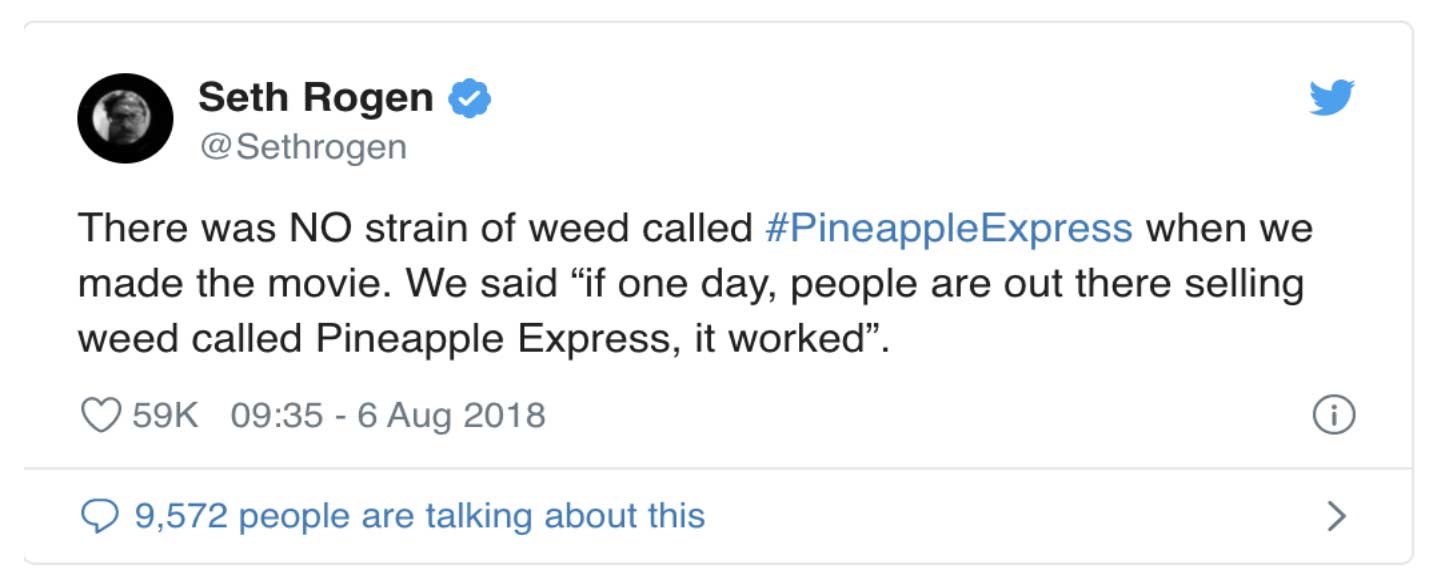
*Bonus reading: Rolling Stone’s “10 Best Stoner Movies of All Time.”
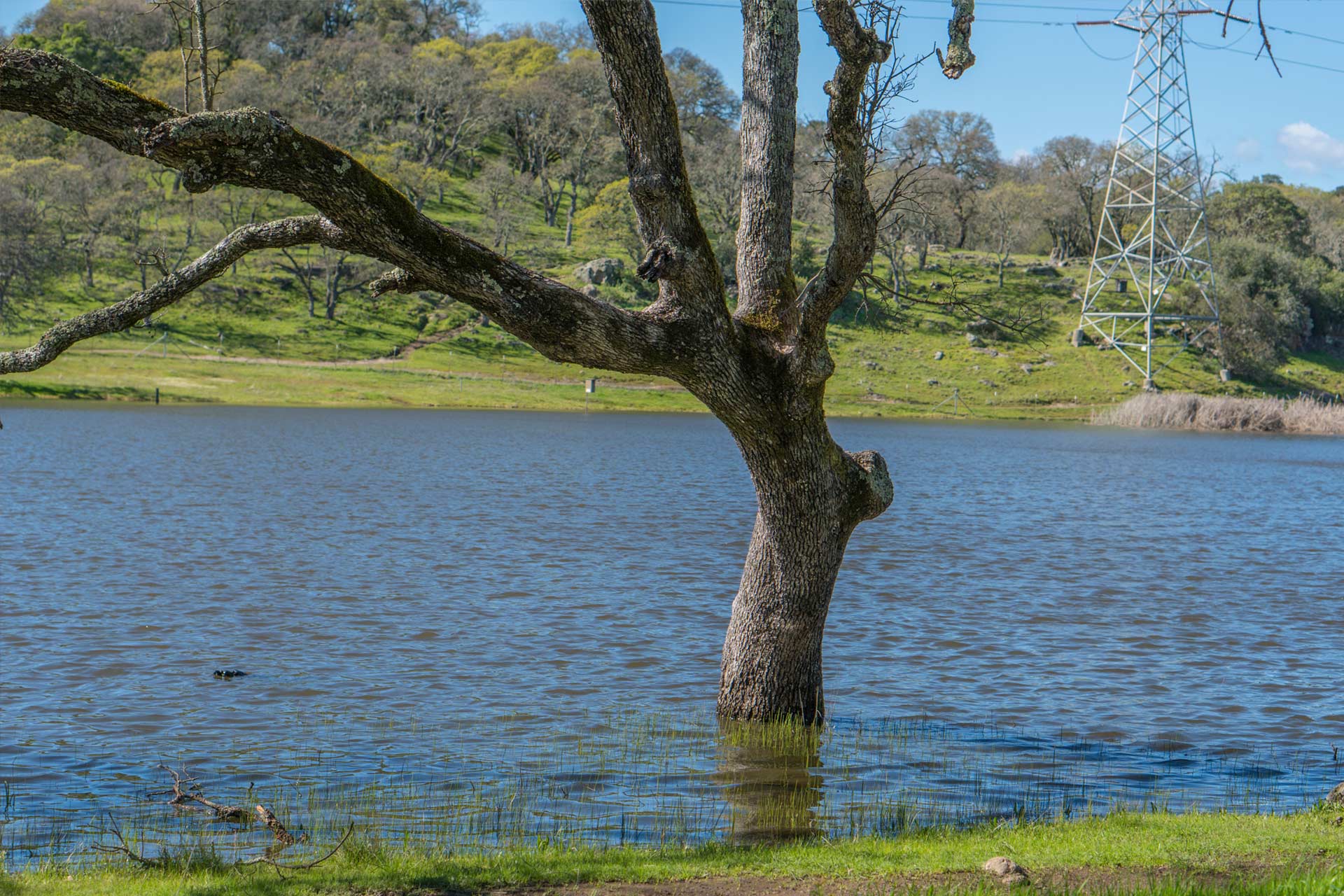
Pineapple Express, the weather event.
Pineapple Express is a non-technical meteorological term for a phenomenon characterized by a steady flow of atmospheric moisture and heavy rains. Storms rise from waters near the Hawaiian islands and extend along the pacific coast of North America. Meteorologists also call the phenomenon “atmospheric river” – a more general term for “narrow corridors of enhanced water vapor transport at mid-latitudes around the world.” (Wikipedia)
It’s an uncommon phenomenon. Still, in December of 2014, Pineapple Express caused snow, wind, and flooding in parts of California with a tornado in Los Angeles (practically unheard of in Southern California).
The weather term Pineapple Express is older than the film, but it’s more plausible to think the strain was named after the movie, and not for the meteorological phenomenon.
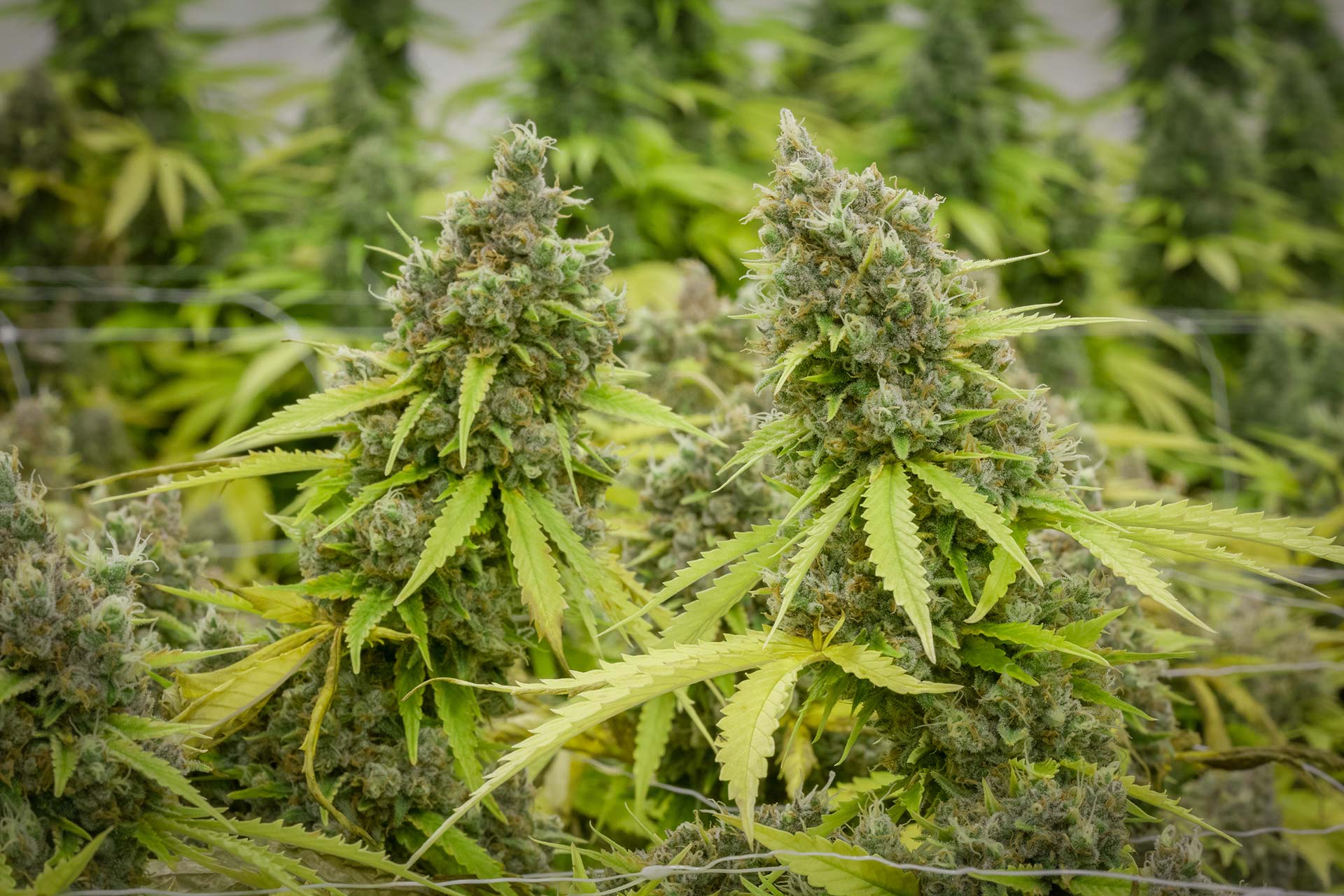
Pineapple Express, the cannabis strain.
The names’ origins are hazy, but one thing is sure: the Pineapple Express strain originates from seed company G13 Labs (well, maybe, that’s up for debate too). A sativa-dominant hybrid, it’s the child of Trainwreck and Hawaiian, with a variable THC content, ranging from a low 15% to a heavy-hitting 26%. And Pineapple Express includes a bit of CBD, making it helpful for people looking for relief from general pain and anxiety.
According to Leafly, “the smell is likened to fresh apple and mango, with a taste of pineapple, pine, and cedar. This hybrid provides a long-lasting energetic buzz perfect for productive afternoons and creative escapes.”
Pineapple Express’s head high yields to a relaxing and energetic body high. Fans of the strain find it appropriate for everything from social gatherings and inspired work sessions, to house cleaning and endurance sports (running, etc.). And, as we’ve mentioned, Pineapple Express helps ease the ill-effects of daily anxieties, aches, and pains. Also, the long-lasting effects of Pineapple Express make it an ideal strain for medical patients interested in long relief.
“The clone that’s passed around as Pineapple Express first appeared in California medical dispensaries, but has since spread to the rest of the world. We would assume it was California-bred, but the mysterious nature of this strain makes it hard to pin down. The seed company game is notoriously full of liars, so we hesitate to say any of them had anything to do with this variety.” – Thrillist
Our hazy conclusion.
We aren’t sure of exactly where Pineapple Express (the strain) originates. It’s like the question, what came first, the chicken or the egg? The movie helped the strains’ popularity, but the strain itself is so beloved that no matter what you call it, it’d be a hit among Colorado’s cannabis consumers.
Cannabis, Teens, Crime, and Homelessness: The Connection that Never Was
For years cannabis detractors cited unsubstantiated or flawed studies and reports showing a relationship between legalization and an uptick in societal ills. They were wrong.
Since legalization in Colorado, Cannabis has been blamed for everything, from an uptick in persons experiencing homelessness to an increase in crime. Despite the cannabis industry’s skepticism over unsubstantiated claims and “reports,” for the first few years, we had little data to prove the truth.
More than seven years after legalization, consumers in Colorado (and beyond) finally have an answer. And we have a rebuttal to people like Bill O’Reilly, who, on The O’Reilly Factor, in 2014, aired a segment called “Stoned Homeless in Colorado,” in which he claimed Colorado neighborhoods had transformed into skid rows because of legal cannabis.
Today’s reports show that cannabis doesn’t increase violent crime, can’t be tied directly to an uptick in persons experiencing homelessness, and underage cannabis consumption hasn’t risen post-legalization – to the contrary teen consumption is in decline.
Cannabis and Teens: A Rocky Relationship
A 2019 study suggests that cannabis legalization in the U.S. doesn’t increase consumption among teens, and is instead, having a cooling effect. Researchers examined survey data collected from 1.4 million adolescents between 1993 and 2017 to see how consumption compares between states where cannabis is legal and where prohibition continues.
During the research period, 27 states, along with Washington, D.C., legalized medical cannabis, and seven states legalized marijuana for recreational consumption.
The researchers found that medical cannabis laws had no impact on underage consumption. In states where recreational cannabis is legal, they found between an 8 and 9 percent reduction in teen consumption.
This information flies in the face of cannabis prohibitionists who argue that consumption among America’s youth increases with legalization. The recent round of studies shows what truly happens when cannabis is legal and further debunks the longstanding myths surrounding our favorite plant.
“Teens are our go-to demographic whenever we want to make something scary or edgy sounding, which is exactly why we rely on them to tell us what’s cool. However, a new study suggests modern teens are lame as hell. When opponents argue against the legalization of cannabis, they always mention how it’s a gateway drug for teens that will surely doom them to a life of harder addictions and substance abuse issues. Well, a new study reveals that those people are worried about the wrong age group.”—Sidni West, Boulder Weekly
Why is underage cannabis consumption in decline?
One possible explanation for the decline in underage consumption is the difficulty of purchasing cannabis through black market channels. As drug dealers are replaced by legally operating licensed dispensaries, it’s harder for teens to get their hands on weed.
“It may actually be more difficult for teens to obtain marijuana as drug dealers are replaced by licensed dispensaries that require proof of age. Selling to minors becomes a relatively more risky proposition after the passage of these laws.” – Mark Anderson, associate professor in agricultural economics, Montana State University
Another possible explanation for the decline in underage consumption is the conversations parents are having with their kids. More parents are openly discussing cannabis, just like they would alcohol or sex. And as we’ve long known, open and transparent conversations lead to better decision making among teens.
Lightshade is committed to breaking the stigma and doing good in the community.
As a company, we work to dispel the longstanding myths surrounding cannabis. Our CSR program addresses the stigma head-on by showing the good our industry does in the community through volunteering hours, financial commitments, and outspoken support for the less-fortunate communities and people in Denver and its surrounding areas.
Regardless of what the opposition claims, as our industry matures and we gather research and data that inform the truth, we know the potential of this long misunderstood plant to do good.
Click here to learn more about Lightshade’s Cannabis Social Responsibility program and consider getting involved in your community.
Spotlight | David Hadley - Cannabis Chef
“My name is David Hadley and I’m a cannabis chef. I love cooking because I’m able to put my passion, my anger, my excitement, my emotion, all on a plate at the time that I’m cooking. My goal is to de-stigmatize and normalize the idea of cannabis and the consumption of cannabis in general.”
“For me, food played a huge role in growing up, because it’s what brought everyone together. Growing up, I had six people in my household, including my grandmother from my mom’s side, and she’s the one that taught me a lot about my Indian background and the food that I really want to bring to people right now, as a chef. When we cooked for six people, we actually cooked for 20. Every party, every holiday was over at the Hadley’s. That idea of hospitality and that idea of bringing people together and community, I feel, is what gave me the idea to become a true chef.”
“I love cooking because I’m able to put my passion, my anger, my excitement, my emotion, all on a plate at the time that I’m cooking. I grew up in Jersey City, New Jersey, and as soon as I left high school, I went to the Culinary School of America, the best culinary school in the nation. My parents had high expectations for me. Telling them that, ‘Hey, I’m going to go work in the big mountain town with the big hotels up in Vail and up in Aspen.’ But really, what I was doing was trying to figure out my way in the marijuana industry.”
“I was looking online for places to come work in Denver. There was this spot called Acorn that was opening up at The Source building. This is The Source building. It’s where I got my first start in the Colorado food scene. There’s a restaurant called Acorn. It’s been around for probably five years. It’s where I met a lot of my friends and a lot of the chefs that are downtown.”
“From there, I got found by Biju Thomas for Biju’s Little Curry Shop. So I worked at the Curry Shop for about two years. And at that point, my friends were opening a grow operation, and I wanted to be a part of it. I thought it was something new and exciting. So at the same time as working at the Curry Shop, I was part timing at this production facility to make edibles. It was really cool to learn that side of the industry, because I got an understanding of where it all comes from. It shows the value that it brings to a community, that not a lot of people know about. Having all that prior knowledge in the cannabis industry, I started to focus my true love of creating food. And from there, Food Network found me here at the Preservery, and that’s where I got my start. Jumped on Food Network as the Cannabis Chef; it has grown into what I’m doing right now, which is being an advocate for the normalization of cannabis.”
“I know a lot about cannabis. And so when I go into dispensaries, I’m a little jaded sometimes on what people say. Let me tell you about Lightshade. They know what they’re talking about. Those people there, those budtenders are very educated about all of the products that they have in-store. They want to make sure you’re taken care of. I had a lot of questions. I put them to the test and they answered, and they knew what they were talking about.”
“Today, I happen to have my Spherex pen from Lightshade. Really, really awesome flavor. This is the mango kush. It’s really uplifting, it helps me be creative, tastes like mango. How can you go wrong with that?”
“The best way I like to use cannabis is probably through my own edibles. If you want to infuse your food at home, the best product to use, I think, is ripple. It’s a water-soluble THC powder that’s able to mix inside of anything. When cooking with cannabis, make sure to start with small dosing. It’s the best way to go.”
“I think another great product to use on the market is the Phyx water. Right now with microdosing and the way that we are in our world, like I said, I could drink that on the go. I like to use cannabis while I’m doing my job, because it helps me be involved and help me be with the people. And and helps me find the vibe that everyone is in. I think as I create the vibe with my food and love and passion that goes into each dish, that’s what microdosing does for me.”
“My goal is to de-stigmatize and normalize the idea of cannabis and the consumption of cannabis in general. And for me, just growing up in a family, especially a cultural Indian background where smoking and drinking and cannabis is something that is not talked about, it’s crazy how my parents have now come around to see what I’m doing and seeing how happy I am. Just because I use cannabis, it doesn’t define who I am.”
“I am going back home for Thanksgiving. It’s been 10 years. I am so excited to see my family, all 40 of them. They are very okay with me smoking now.”
Harvest Old Fashioned
Ingredients
- 2.5 oz – Bourbon
- 1 oz- Homemade Apple Cider Syrup
- Ginger Twist – as Garnish
- Mary’s Medicinals – CBD:CBN 1:1 Ratio
Steps
- Shake all ingredients and pour with strainer
- Light/Torch Garnish (place in glass)
“My name is David Hadley and I’m a cannabis chef.”
The Verdict is in: Legal Cannabis Doesn’t Increase Violent Crime.
New research shows that despite what detractors claim, legal cannabis does not increase violent crime.
A recent study analyzing crime in Colorado and Washington since legalization finds that legal recreational cannabis has little, if any, impact on violent crime rates. The study lends credence to the longstanding opinion (in pro-cannabis circles) that legalizing recreational cannabis does not inspire criminality.
Investigators associated with the Department of Justice and Criminology at Washington State University monitored and assessed trends in Colorado and Washington following legalization, and compared their findings to those of non-legal states. The researchers were particularly interested in patterns specific to violent crime, aggravated assault, property crime, auto theft, larceny, burglary, and robbery rates.
“Marijuana legalization and sales have had minimal to no effect on major crimes in Colorado or Washington. We observed no statistically significant long-term effects of recreational cannabis laws or the initiation of retail sales on violent or property crime rates in these states”. —The Cannabis Effect on Crime: Time-Series Analysis of Colorado and Washington State
A similar study published in the Economic Journal in 2017 found that states with legal recreational cannabis near the U.S.-Mexico border saw a 5.6% to 9% decrease in violent crimes.
The researchers selected Colorado and Washington for this study because our states were among the first to legalize recreational cannabis and its supporting industry. Nine states have followed our lead, including— California, Illinois, Alaska, Maine, Massachusets, Nevada, Michigan, Oregon, and Vermont— as well as Washington D.C. Several more states are set to legalize recreational cannabis soon.
We’re happy to see research into the real impact of cannabis legalization on American cities and states. Cannabis detractors like former NY Times columnist, Alex Berenson, who authored the book Tell Your Children: The Truth About Marijuana, falsely claim that cannabis legalization caused a “sharp increase in murders and aggravated assaults in Colorado and Washington.” The new research from Washington State University shows that after the start of legal recreational cannabis sales in our state as well as in Washington, violent crime rates remained virtually unchanged. A far cry from “sharp increases in murders and aggravated assaults.”
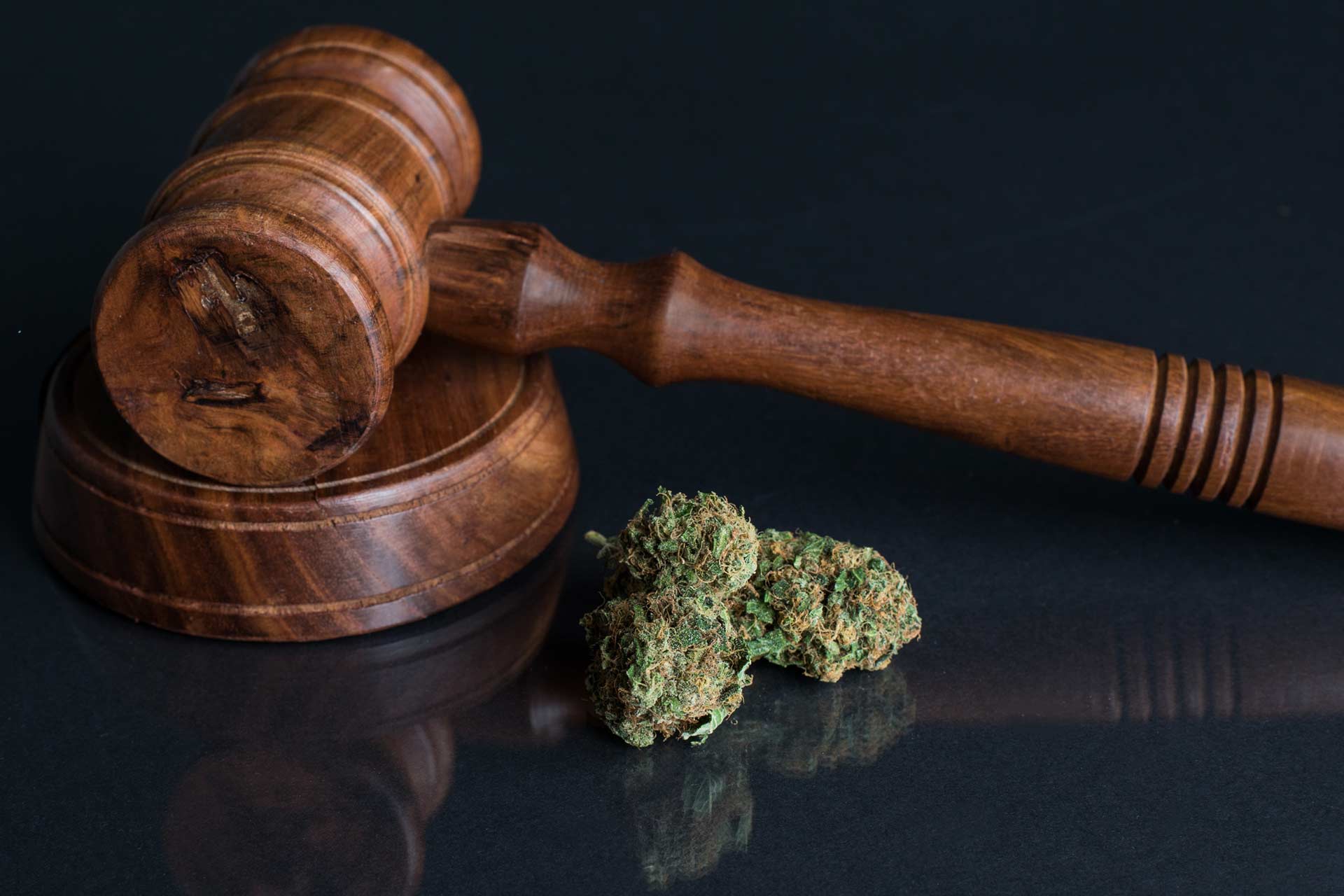
Berenson claims that cannabis-inspired psychosis leads to violent crime, saying, “The black tide of psychosis and the red tide of violence are rising together on a green wave.” Now we know that evidence from Washington and Colorado debunks Berenson’s argument in a big way.
Unfortunately, cannabis critics like Berenson bring back the racially motivated depression-era ideologies of Harry Anslinger, the first commissioner of the United States Treasury Department’s Federal Bureau of Narcotics.
In a 1934 report to the League of Nations committee, Anslinger wrote that “fifty percent of violent crimes committed in districts occupied by Mexicans, Turks, Filipinos, Greeks, Spaniards, Latin-Americans and Negroes may be traced to the abuse of marihuana.” Anslinger goes on to quote a California police officer who said cannabis “gives men the lust to kill, unreasonably, without motive—for the sheer sake of murder itself.”
Anslinger (among others) is responsible for cannabis prohibition and the stigma we are still fighting. He blamed cannabis for armed robbery, “degenerate sex acts,” the killing of police officers, and a case in which a young man murdered his family with an ax. The beliefs of Anslinger and his peers set the stage for decades of misinformation and stereotypes surrounding our favorite plant.
We’ve come a long way from the rampant misinformation of the cannabis prohibition era, but if the comments of authors like Berenson are any indication, there’s work to be done. Fortunately, data trumps assumptions and reports like those coming out of Washington State University, provide us with a clear picture of the effect of recreational cannabis legalization on American cities and states.
And that picture is positive.
Too Much of a Good Thing: Cannabis Overconsumption
Can you consume too much cannabis? Yes. Will it harm you? No.
Overindulgence isn’t limited to ice cream, potato chips, candy, or cocktails. Like most things in life, you can consume too much cannabis. You might know the feeling:
Anxious, weak, pallid, shaky and paranoid, with a killer case of cottonmouth— tell-tale signs you’ve crossed into the realm of overindulgence. Should you be alarmed? No, it’s all good.
Unlike alcohol or opioids, cannabinoids aren’t a central nervous system depressant and can’t cause a lethal overdose—-no matter the quality, strength, or quantity. The DEA’s own administrative law judge famously proclaimed, “Marijuana, in its natural form, is one of the safest therapeutically active substances known to man.”
“Because cannabinoid receptors, unlike opioid receptors, are not located in the brain stem areas controlling respiration, lethal overdoses from cannabis and cannabinoids do not occur.” —National Cancer Institute
Don’t panic.
Don’t worry; cannabis is non-toxic. But it’s easy to overindulge. And while the effects are unpleasant to the point of worrisome, it won’t harm you in the long term. Amid a weed-induced panic attack, however, it’s easy to convince yourself fatality is a threat.
Your first experience of cannabis overconsumption is alarming. Friendly reassurances don’t help, and your internal conversation— fixating and bouncing from thought to thought— isn’t useful. Take a deep breath; it’s going to be okay.
What happens when you overconsume cannabis?
Cannabis has at least 60 kinds of cannabinoids—chemical compounds that interact with our brain’s receptors. THC (Tetrahydrocannabinol), is responsible for much of cannabis’s effects, including the blissful high. THC closely resembles anandamide, the cannabinoid responsible for mood, sleep, memory, and appetite regulation.
Cannabinoids keep us fixed on magnified thoughts and perceptions. They also inflate dopamine levels (this is why you feel relaxed and euphoric).
The effects of cannabis vary by individual, and this is why not every consumer has an enjoyable or relaxing time. Consuming too much cannabis further amplifies the results, explaining why people in the throes of overconsumption fixate on the negativity of their experience.
What are the symptoms of overconsumption?
Paranoia
Anxiety and paranoia are common outcomes of cannabis overconsumption. We know that cannabis is non-toxic and not lethal, but try telling that to yourself when you’ve had too much.
Amid the panic, consumers think they are experiencing a heart attack, or worse, that they are dying. If you find yourself having this experience, breathe and stay calm. You’ll be okay.
Exhaustion
Cannabis overconsumption makes you sleepy. It’s that simple. Of all the potential side effects, however, fatigue is positive. Sleeping off the effects of cannabis can keep you from experiencing the more uncomfortable aspects of overindulgence.
Decreased blood pressure
THC reduces blood pressure. This explains why your eyes dilate and turn red after consumption (Visine, anyone?). As your tolerance builds, the effect cannabis has on blood pressure is minimized, but new consumers who overindulge experience an exaggerated (and alarming) blood pressure drop.
Impaired movement
Cannabis compounds impact motor control, and that can leave you feeling wonky.
We work with CDOT to keep impaired drivers from getting behind the wheel for this reason (among others). More on that here.
Rapid heartbeat
New cannabis consumers often experience a quickening of the heart. Similar to decreased blood pressure, this effect lessens as your body develops tolerance. For some consumers, a quickened heartbeat exacerbates their feelings of panic or anxiety, adding to the negative experience.
Your heart rate might speed-up after consumption, but don’t worry, it will return to normal within a few hours.
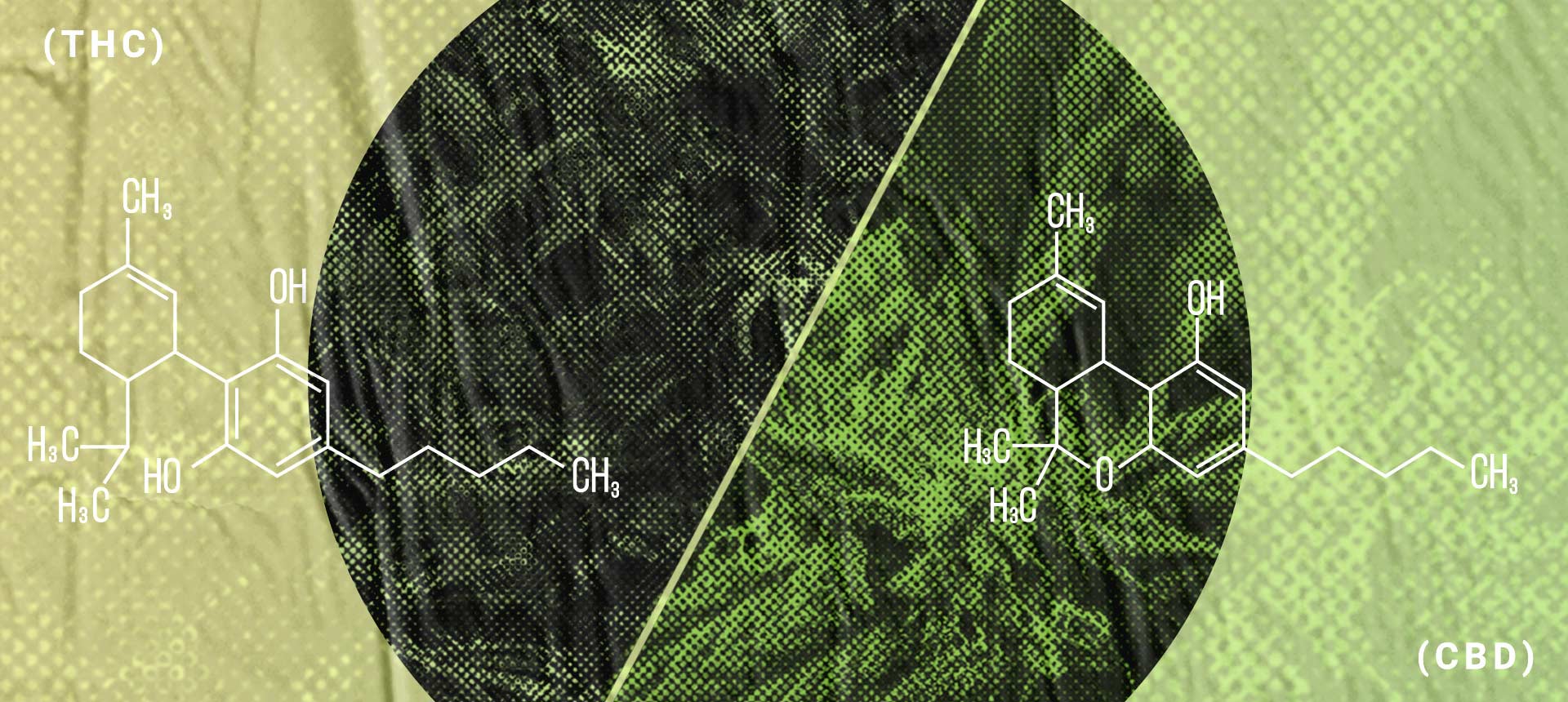
What you can do to counteract the experience.
Take a deep breath.
If anxiety and panic are ruining your experience, close your eyes and take ten deep, meditative breaths. Slowly inhale through your nose (four counts), hold your breath for at least three seconds, and exhale deeply (four counts). Repeat until blissful feelings return.
CBD helps.
CBD reduces anxiety and relaxes an overactive brain. It’s nature’s antidote to THC. CBD blocks THC from binding to your brain’s cannabinoid receptors and dampens its psychoactive effects.
Hydrate and eat.
If you’ve had an edible and are having a negative experience hydrate and eat (non-medicated food). Water aids digestion and food gives you something else to focus on (it’s also comforting).
Terpenes are therapeutic.
Since cannabis shares terpene profiles with many fruits and vegetables, you can counteract a negative experience with terpenes that minimize cannabis effects. Black pepper, lavender, lemon juice (limonene), and others, offset unpleasant cannabis side-effects.
Relax.
Since 90% of what you are feeling is psychological, and nothing terrible is going to happen, you can relax. Step outside for fresh air, take a warm shower, and remember, this too shall pass.
Don’t worry; you’re going to be okay.
While you can consume too much cannabis, it’s not fatal. In a few hours, the negative side-effects of overconsumption dissipate, and you’re left wondering why you panicked, or worse, why you called the paramedics. The adage, start low and go slow applies to every consumer and every cannabis consumption method. We don’t’ want to see you (or anyone else) in the E.R.
Be mindful, chill out, and enjoy.
If you have questions about cannabis and how it might impact you, or you’ve consumed too much and need someone to speak with, Leaf411 is here to help. Leaf411 is Colorado’s first free cannabis nurse hotline! Leaf411 is a free resource for people to call and speak directly to a medical professional that can point them in the right direction.
Corporate Social Responsibility and the Colorado Cannabis Community
Being a good neighbor is a lot of work, but we’re up for the challenge.
What does it mean to be a good neighbor? Not in the State Farm “Like a good neighbor,” or Mr. Rogers, “Won’t you be my neighbor?” sense, but as a business, we want to know what it means to be an excellent corporate neighbor – a great community partner?
Good neighbors support the community. They step-in when others won’t – or can’t – and lend a hand. It’s strangers distributing food to other strangers, or a good samaritan who stops to change your flat tire. It’s everyday people performing small actions that hold a broader significance.
And, more importantly, it’s time. Time is the ultimate luxury, and time is always in short supply. An investment of time shows a genuine commitment to the community, and in many ways, time is worth more than dollars (of course, money is helpful, too).
But most people don’t have time to volunteer. That’s where we come in.
Giving back to the community sits at the top of our list of company priorities. It’s up there with providing an excellent customer experience, and showing Coloradoans the benefits of cannabis. As part of our Cannabis Social Responsibility initiative, we are an active participant in the community.
To us, being a good neighbor means acting less like a business and more like an individual, but on a grand scale. Instead of providing one, or even a handful of meals, we can feed hundreds by sending teams of volunteering budtenders (along with front desk staff, inventory control, vendors, and back-office teams) and providing financial support.
Or we can help grow the vegetables that wind up on a needy family’s plate.
[no_blockquote text=”“As a Colorado company, Lightshade is committed to providing support to the community in which we live. Through intentional and engaged community investments, volunteer days, and fundraising efforts, we aim to increase the vitality of Colorado’s diverse neighborhoods and expand our industry’s capacity to do good.
We don’t just give back, we give forward.”” title_tag=”h3″ show_border=”yes” show_quote_icon=”yes” width=”80″ line_height=”30″]
With the help of KindColorado, we’ve engaged our corporate resources and local retailers to support community projects and non-profits. Lightshade employees have logged more than 200 volunteer hours since 2016. Our focus today is on those experiencing homelessness, hunger relief, and working with seniors and veterans. Also, each of our eight Colorado retail dispensary locations is partnered with community agencies and non-profits to support food-insecure populations.
Colorado is where we live and work, and it’s our responsibility to give back.
Our efforts haven’t gone unnoticed. This month we became the proud recipient of the “Good Neighbor Award” presented by Cannabis Doing Good.
“Boasting an impressive record of 3,492 volunteer hours, and $121,000 of in-kind financial donations, Lightshade is focused on increasing diversity and inclusion and removing barriers to workforce entry by partnering with the Gathering Place (among others).” – Cannabis Doing Good
While it’s vital that our CSR work receives recognition, the real value of this award is the light it shines on cannabis’ potential to do good. Our industry has a big heart and deep pockets, and we’re ready to put both to work.
Still, too many people see corporate social responsibility (CSR) as nothing more than business owners signing checks, or a clever marketing gimmick. That happens, but not in our cannabis community, at least not if we have a say in the matter.
About the Good Neighbor Award (from Cannabis Doing Good):
Community Engagement and social responsibility are the founding values of CDG. We believe cannabis has the opportunity to create political, social and economic benefits for communities, showcasing this industry as an authentic community asset. We want to recognize those companies implementing community engagement programs, encouraging volunteer hours, and meeting community needs in new and thoughtful ways. Are you a cannabis company Mr. Rogers would be proud of?
Click here to learn more about the Lightshade Cannabis Social Responsibility initiative, and please get in touch if you’d like to help us make a difference in Colorado.
Spotlight | Cindy - Survivor
“My name is Cindy and I am a middle school counselor. I’ve been a middle school counselor for about 20 years. July 11th, I went to get my annual mammogram after they harassed me very often, because I hate doing it. And that same afternoon they called me and said that I needed to get another one done at the bigger place or whatever. That’s when I went and did a self exam and felt it and was just like, ‘Oh my God.’ And the 15th it was confirmed, cancer was confirmed.”
“At first I was going to have a double mastectomy and then a reconstruction on the same day and then they found it in my lymph nodes, which put me in a whole different level.”
“My options were to still do the bilateral mastectomy and then a full lymphectomy, which has lots of side effects. And they were still going to have to do the chemo and radiation. It didn’t make sense to me to do that. I decided to go with the mastectomy. Probably the hardest part for me was my first chemo because going in the room, it was like, ‘Holy crap, this is really happening to me.’ I just kept thinking, ‘I can’t believe this is me.’ And then the nurse started talking to me about all the side effects and I was having a really hard time holding it together. Thankfully, I had a friend there who was trying to keep me distracted and laughing, but that was a pretty awful day.”
“My first chemo treatment was September 27th. After the first treatment, I felt completely stone drunk. I mean the brain wasn’t talking to my fingers. I’m trying to type and there was no connection and it was just the weirdest, incredible feeling I’ve ever had before. And then the next day I got really ill. After that, I was just tired. It’s now more exhaustion, like trying to go back to the gym was a lot harder than I thought it was going to be.”
“Since the cancer diagnosis, because they give you so many different meds for pain and they don’t really work anyway. They just make it a little easier to tolerate. But the CBD and cannabis gave me general pain relief. It’s absurd to even say that, but it’s true. Cannabis is also what kept me from being a skeleton. I completely lost my appetite probably from the surgery, and then it got worse as the treatments became bigger deal. I’d lost a lot of weight and like 12 pounds and that’s when I decided I was going to try either edibles or a vape pen just so I can eat. That’s really what it does.”
“I’ve been using a number of different products just to help me get through the day. One of them is the Stratos Energy, which are tablets. I was hesitant because there’s still some THC in it, but if I’m cleaning around the house or whatever. My energy level is like 50% what it was. So to be able to use something that helps me clean my house, do my laundry, it feels great.
“I’ve also been using a lot of tinctures that helped me with general pain relief. I’ve been using the Aliviar CBD 20:1, as well as Mary’s Medicinals CBD tincture. I’m always on the lookout for new products that work best for me.”
“I know it may not be the same for everyone, but this is how it’s impacted me.”
“I’ve always been a gym rat. I love being active. I love classes. I would go four to five days a week. It’s my meditation, my mantra, and I haven’t been for seven or eight weeks and today was my first day back and wow. It was exhausting. I felt like I’d never worked out in my entire life. Awesome that I finished it, made it through without passing out.”
“I’ve been to a lot of dispensaries in the years and there’s nothing that even compares to the experience that I had at Lightshade. Sometimes even going to a dispensary, I’d feel a little nervous or I don’t know, but I walk in there and I’m welcomed. I don’t feel like the stigma or anything. It’s just a really good feeling. The staff is very, not only knowledgeable, but they care. They answer any questions I have and it’s a trusting environment.”
“What I’m most looking forward to about the future? Feeling like myself again, looking like myself again, having the energy that I had before and then find out what all the blessings are that I’ve experienced as a result of this diagnosis. I truly believe every experience has growth at the end. And so that’s what I mean by that, is looking forward to what that growth for me is going to be. “
“My name is Cindy. I’m a cancer survivor and I am looking forward to the future.”
Budtender Education: Breaking Away from the Indica vs. Sativa Conversation
The indica vs. sativa debate rages on despite new (and better) strain selection methods.
Many budtenders (and consumers) still rely on indica vs. sativa when helping customers find the ideal strain. For years this worked, but as our overall cannabis knowledge expands, we’ve learned there are better ways to help customers predict their high.
Terpenes, for example, are a better indicator of the impact a particular strain has on the consumer.
But old habits die hard, and the majority of budtenders and cannabis consumers haven’t gotten the terpenes memo. Indica and sativa prevail because that’s how customers are trained to think about cannabis.
Still, terpenes are slowly entering the cannabis consumer’s vocabulary, and this is where we’ve found confusion in Lightshade’s dispensaries. Our goal is to provide overall cannabis education to consumers (and budtenders). This includes guiding them to the perfect strain for their needs or mood.
Our “balance” categorization system is designed to help customers break out of the indica vs. sativa debate. We use four categories to simplify the strain selection process for customers: Enliven, Inspire, Calm, and Rest. Our budtenders are trained to guide consumers to the right strain based on the way they want to feel, or their daily plans.
It seems simple, right? It’s not.
Consumers, accustomed to selecting cannabis based on indica, sativa, or hybrid, aren’t always interested in deviating from the tried and true. Our eager-to-please budtenders often bend to the will of customers and abandon the balance spectrum to avoid confusion.
As terpenes force their way into the cannabis lexicon, however, the conversation grows difficult. A slightly educated customer, or a new cannabis consumer who has spent hours googling ahead of their first dispensary visit, walk into our stores perplexed after absorbing content with conflicting philosophies.
Still, we (and you) must stay the course. It’s easy to forget that the legal cannabis industry is in its infancy, and it’s going to take time to change the conversation.
Budtenders are the key to consumer education.
Every industry professional knows that budtenders are always the first line in a cannabis dispensary. Your brand’s reputation is in their hands. Budtenders are responsible for providing the kind of outstanding service that has customers shouting your dispensary name from rooftops.
You’d be remiss, however, to think that the budtender’s responsibility ends at giving excellent customer service. Arguably, the most critical role your budtenders play is providing customers with the knowledge to help them make an informed purchase. Legal cannabis is still a fresh idea for consumers, and many never touched it because of its prohibition.
Your budtenders must embrace their role as teachers and provide at least a basic level of education. Slowing the process down might be difficult, but the result is a well-informed customer who walks out of the dispensary with precisely what they are looking for.
And helping customers understand terpenes is a crucial aspect of cannabis education.
 What’s the deal with terpenes?
What’s the deal with terpenes?
Terpenes are the fragrant oils that give a strain its signature aroma and serve as a blueprint for the way cannabis impacts the consumer. And terpenes are all around us – not just in cannabis. They are found in a variety of plants and even a handful of insects. In the world of plants, terpenes offer protection by emanating pungent flavors and aromas to repel herbivores and attract predators.
Consumers are used to selecting strains based on potency levels of CBD and THC, and that’s okay. But, as we now know, there’s more to cannabis than these two compounds. With terpenes as a guide, budtenders can provide a more accurate representation of how a strain will affect its consumer.
It’s also important to understand that indica and sativa are descriptors of cannabis plant species, distinguished by appearance. The terms aren’t reflective of the therapeutic qualities inherent to a strain. Consumers also need to understand that there are few true sativa’s and indica’s. Most of today’s strains are hybrids that lean one way or the other.
Terpenes interact with cannabis compounds in a way that produces the unique characteristic of each strain. Understanding terpenes and their associated therapeutic properties enable budtenders (and consumers) to gain insight into specific cannabis compounds that create the desired effects. If a customer identifies a strain that meets their needs, we can look closely at its terpene profile and find strains that share similar characteristics.
Stay the course.
Most cannabis consumers are in the habit of identifying strains by indica and sativa, but people can adapt. With consistency, education, patience, and, most importantly, time, consumers, and the industry as a whole will move past indica vs. sativa debate.
Black Market Cannabis Vapes: What You Need to Know
We must protect our favorite plant (and consumers) from the scourge of black market cannabis.
Cannabis industry veterans are hardened. We’ve forged a path to success in a field plagued by regulations and barriers (both legal and philosophical). And the battle to legitimize (and legalize) our favorite plant rages on.
We’ve got a bone to pick with the media – but recent stories are true.
National and regional media outlets tend to portray cannabis in a negative light. Since news coverage influences public perception, every person must understand the often-flawed journalistic approach to cannabis reporting.
American media frames the cannabis conversation in such a way that it’s difficult for people to get the truth. And the value of truth is immeasurable.
We can’t blame consumers outside of states where recreational and medical cannabis is legal for not having a clear picture of the advantages – and potential drawbacks – of cannabis. Decades of prohibition and misinformation collide with a continuing stigma; it’s the perfect storm of falsehoods and insufficient reporting.
It’s easy to understand why many Americans are wary of cannabis. It is also impossible to ignore what’s happened in recent months.
Black market cannabis is a problem.
Lawmakers, parents, cannabis consumers, and industry vets are deeply concerned after the rash of vape-pen related illnesses and death. We get it – we are too.
E-cigarettes and cannabis vapes have been available for more than a decade, but reports of vaping-related illnesses only emerged this year. Investigations conducted by state health departments in Wisconsin and Illinois first revealed illness among tracked patients in April. The first vaping-related death was reported on August 23rd, and reports of a cannabis vape influenced death emerged in September.
The CDC, as of Tuesday, September 10, reports as many as 450 cases in 33 states of severe acute respiratory distress syndrome caused by vaping black market THC products. As many as 6 patients have died as a result of the condition.
We should note: there are two suspected cases in Colorado.
Purchasing black market THC or nicotine-infused vape cartridges puts you at immediate risk of developing a devastating and potentially deadly lung condition. With access to the nation’s best cannabis, in Colorado, there is no reason to purchase illicit products. Don’t do it.
What’s causing the illness?
Symptoms – and treatment – in most documented cases parallel a condition known as lipoid pneumonia. While the exact cause of the condition is as yet undetermined, New York health authorities confirm synthetic Vitamin E oil is found in nearly all of the seized vape cartridges in that state.
Black market manufacturers use synthetic Vitamin E oil as a cheap alternative to safer thickening agents. NY authorities subpoenaed three thickener manufacturers: Honey Cut, Floraplex, and Pure Diluent; tests show the products of all three manufacturers contain synthetic Vitamin E oil.
Consumers should be wary of products from these brands: Chronic Carts, Dank Vapes, and West Coast Carts.
Illicit cannabis vape manufacturers use synthetic Vitamin E to dilute THC oil without thinning its viscosity. It’s primarily an issue on the black market, but some products containing the synthetic oil have made their way into unregulated pop-up shop style dispensaries in Oregon and California.
The latest generation of thickening agents is misused in black-market cartridges. Legal thickener manufacturers strongly disapprove of next-generation cutting agents in cannabis vape cartridges. We don’t know the precise ramifications of inhaling thickener aerosol when burned or heated, but if the recent rash of hospitalizations and death is any indication, it’s a practice with deadly consequences.
Federal Cannabis prohibition is a big part of the problem.
The Federal prohibition of cannabis creates a market for unregulated, untested, and poor-quality products that are also deadly. Much like alcohol prohibition created a demand for bath-tub gin, opportunists are willing to sell dangerous products when cannabis is illegal and unregulated.
You can trust us.
We are committed to the safety of consumers in our state. It’s for this reason that every product carried at each of our eight Colorado dispensaries is studied, regulated, grown, and manufactured to the highest standards (no pun intended, seriously). If you have questions or concerns regarding the safety and quality of the products we carry, please contact our vendors directly.
We know that in Colorado you have many retail dispensary options. If you do not choose to shop at Lightshade, please make sure you select a legal and reputable retail store.
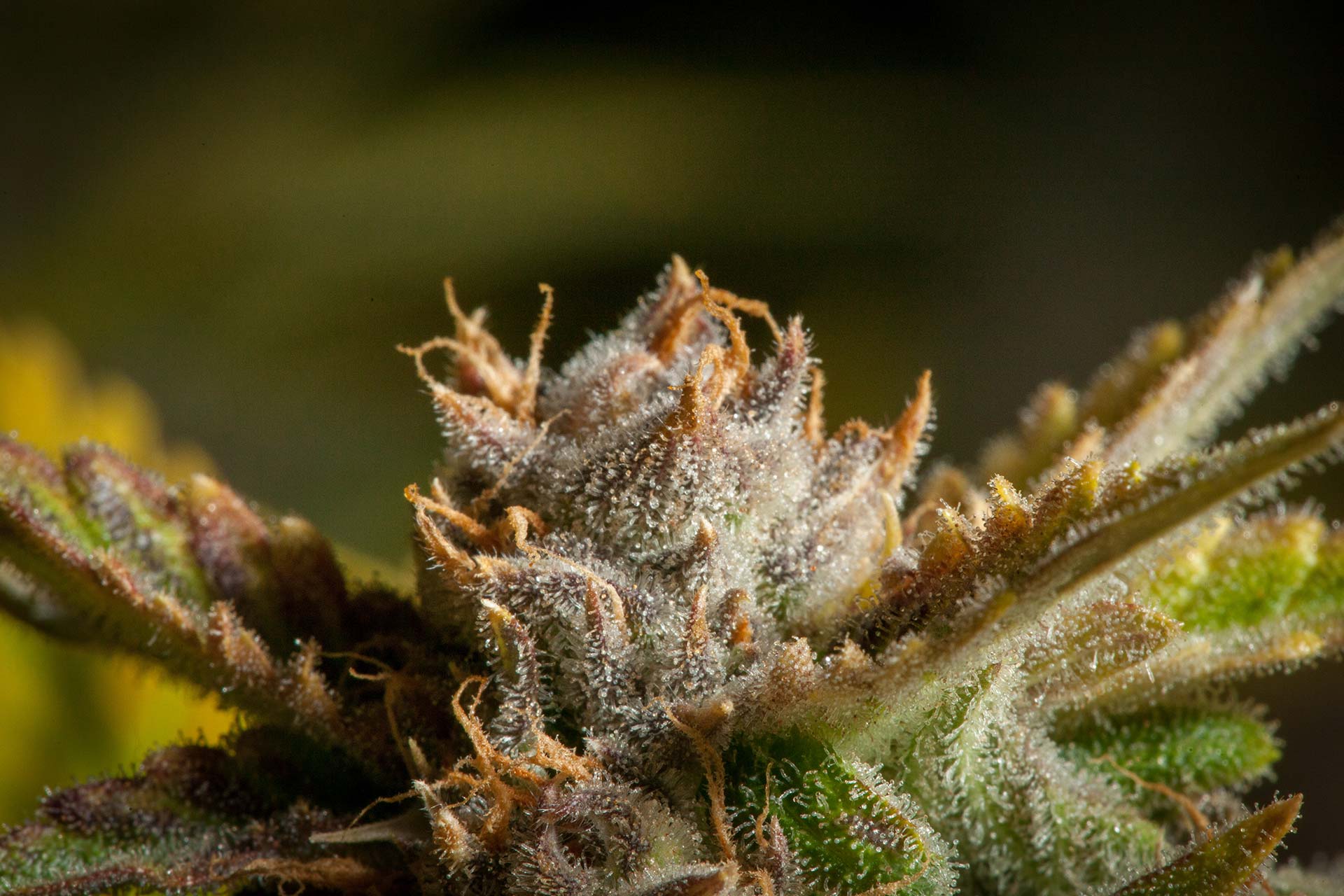
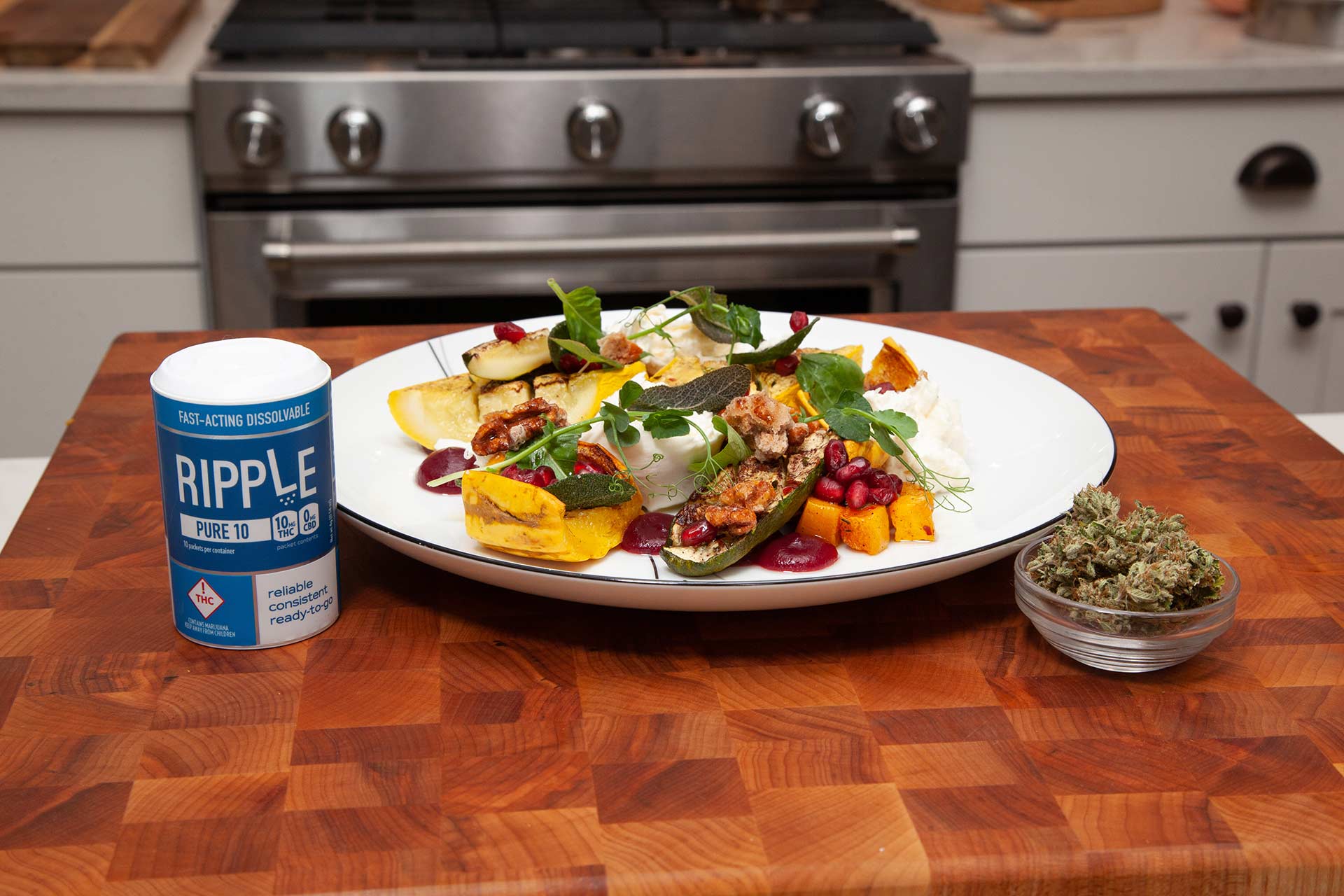
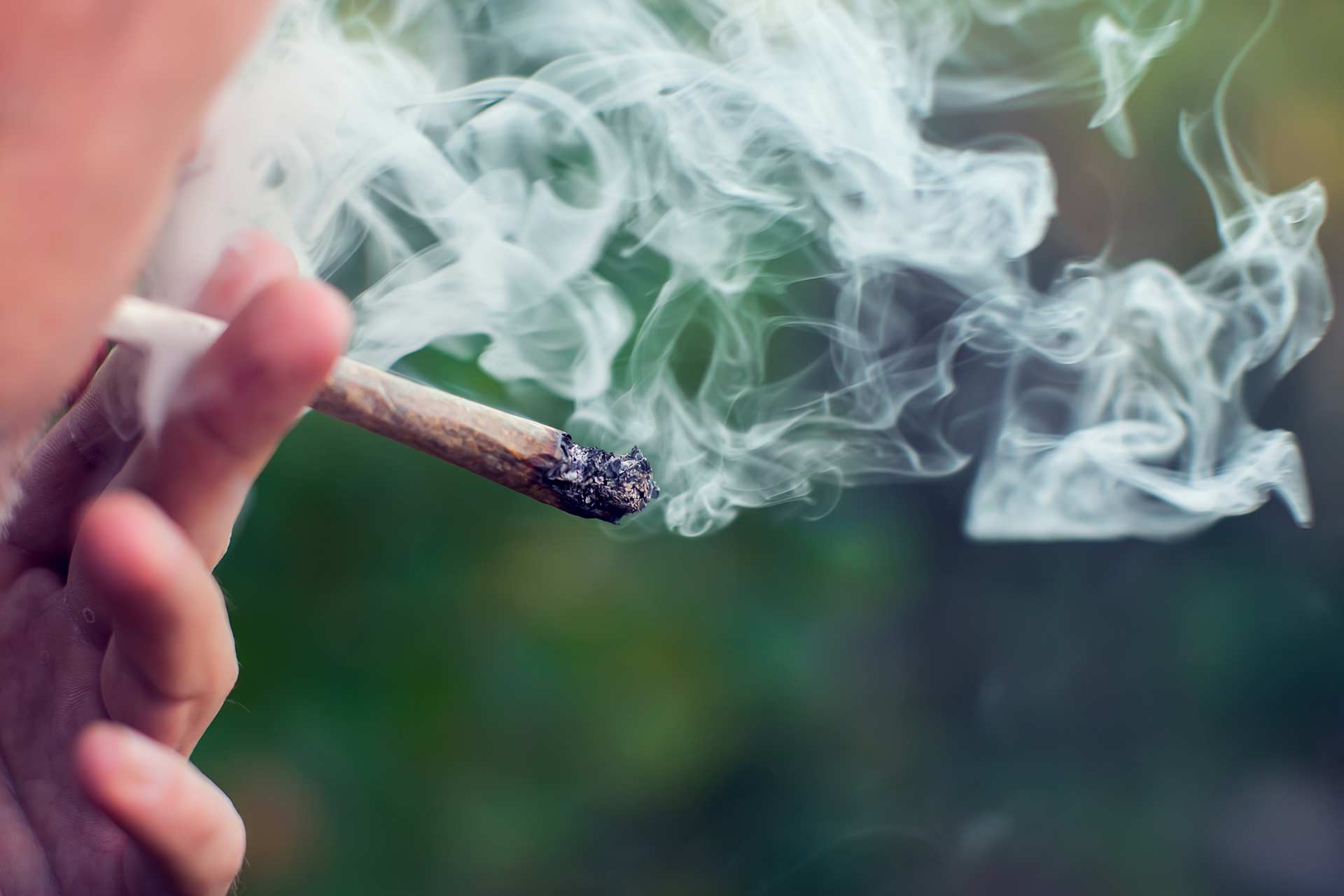
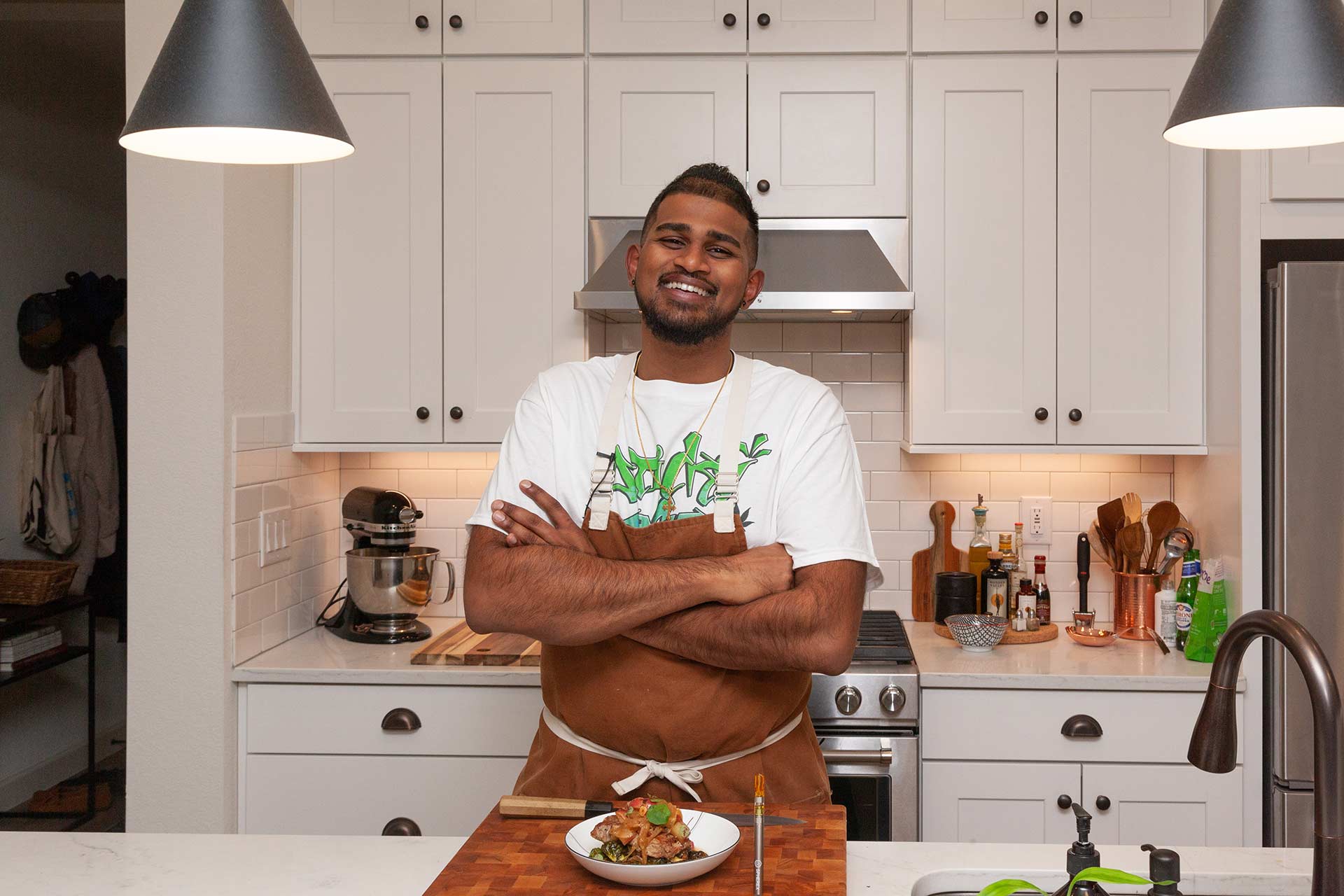
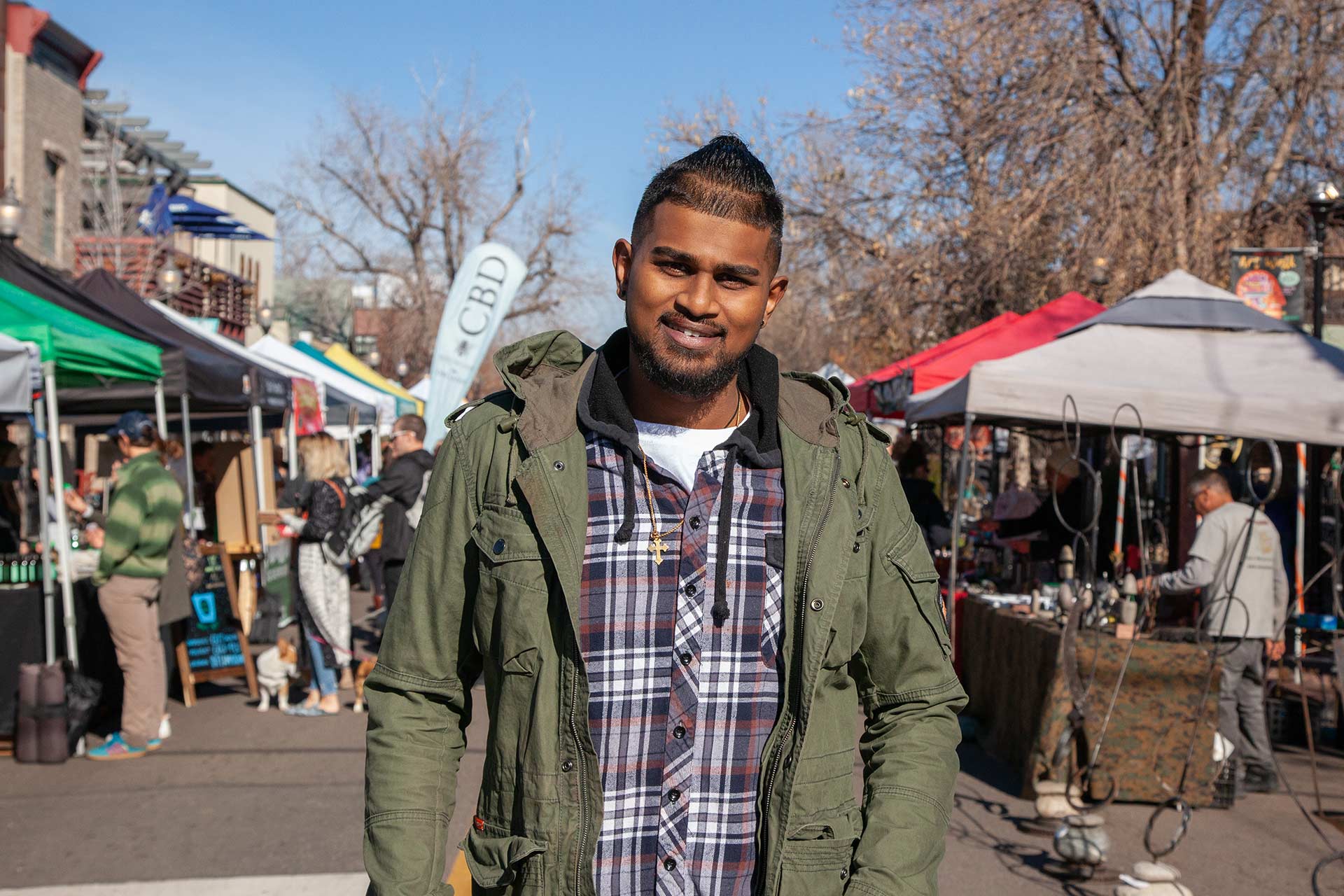
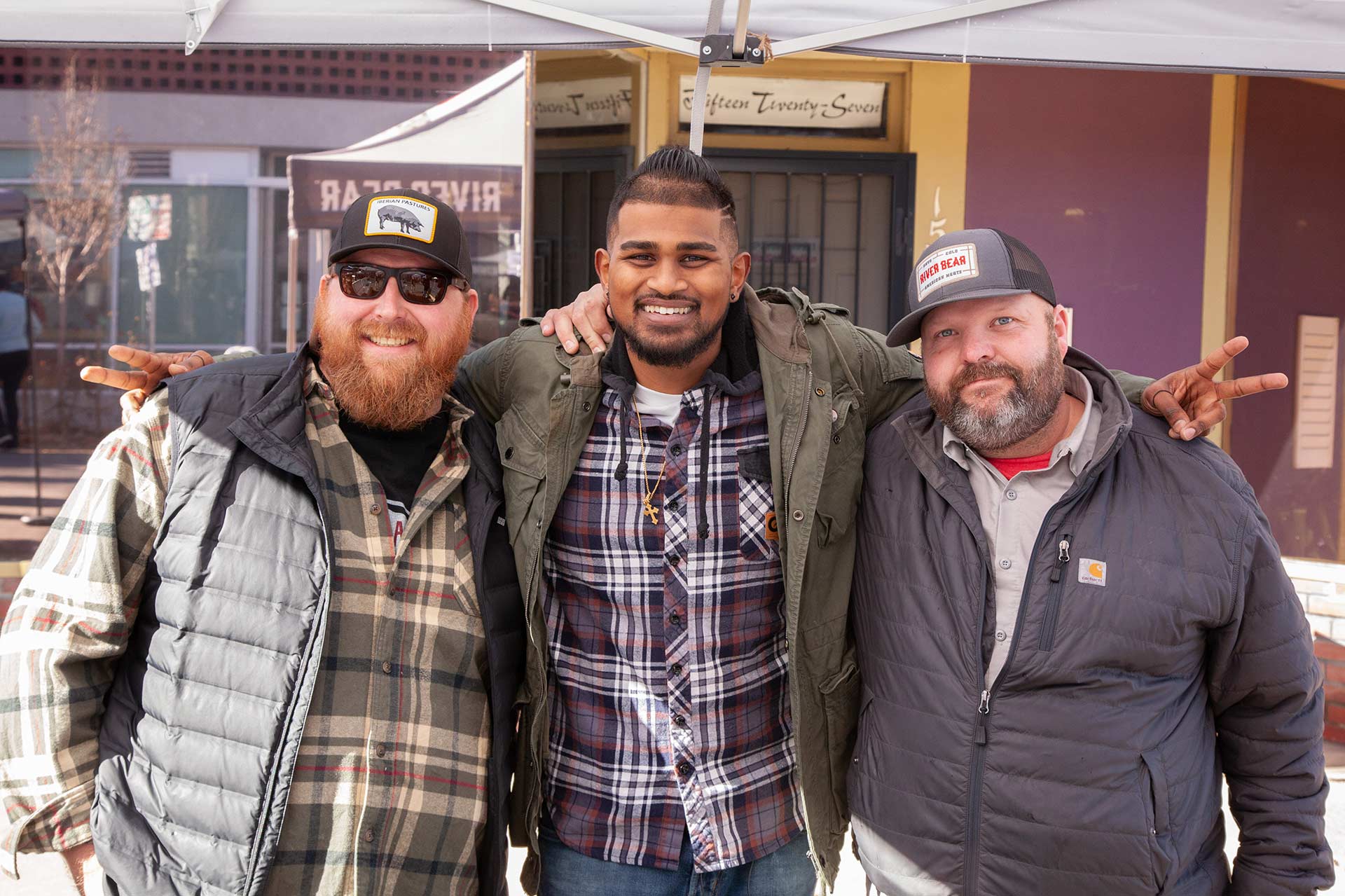
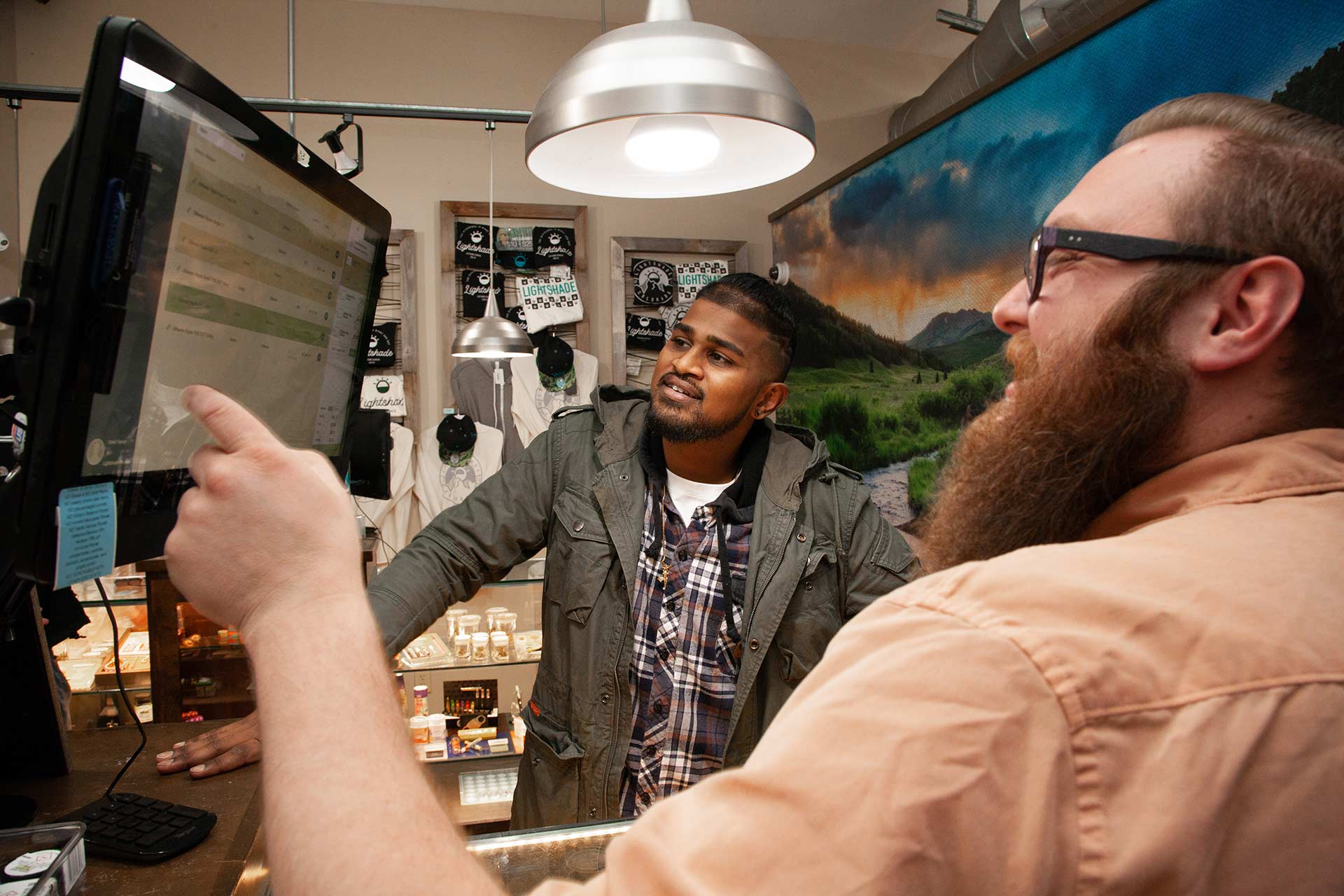
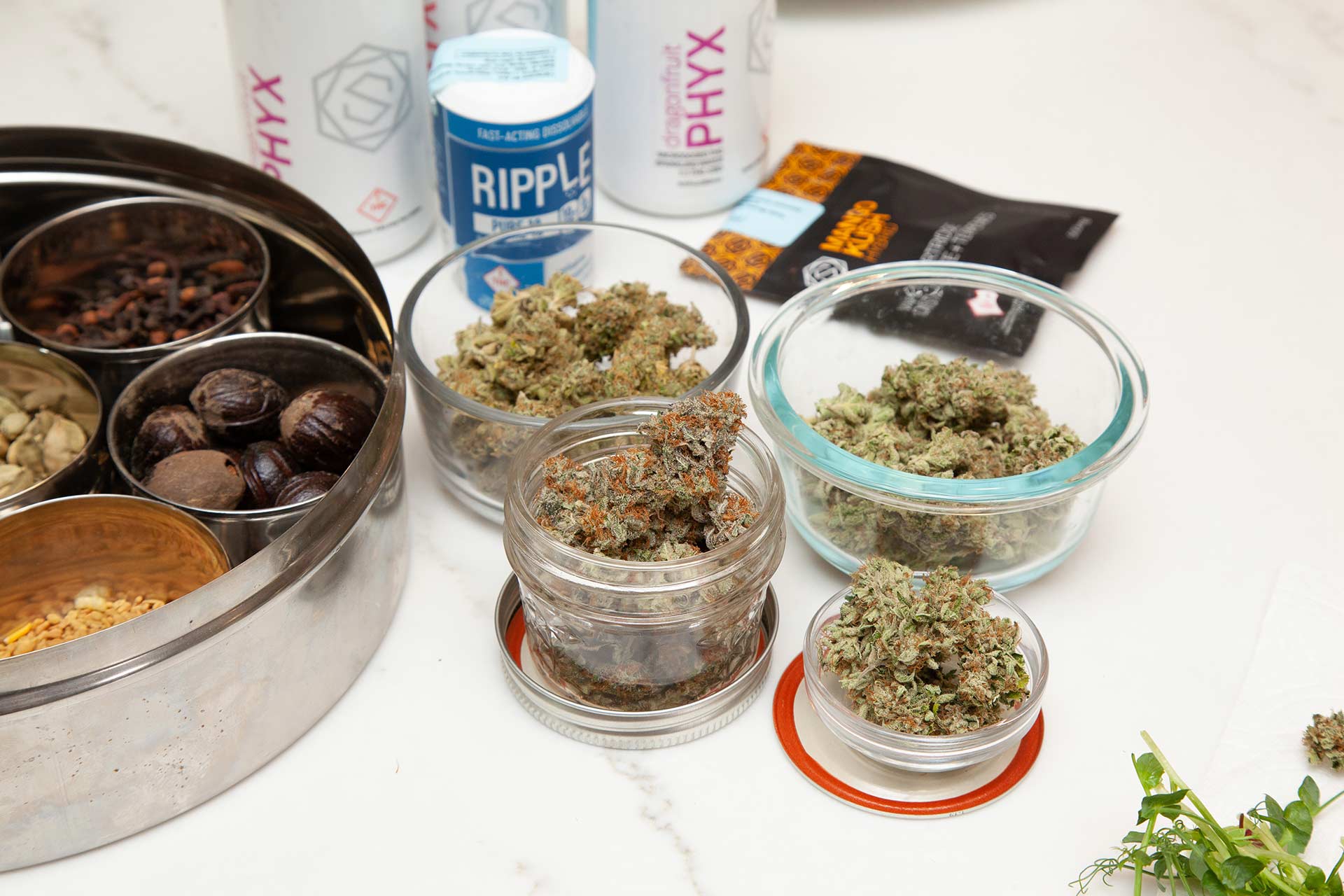
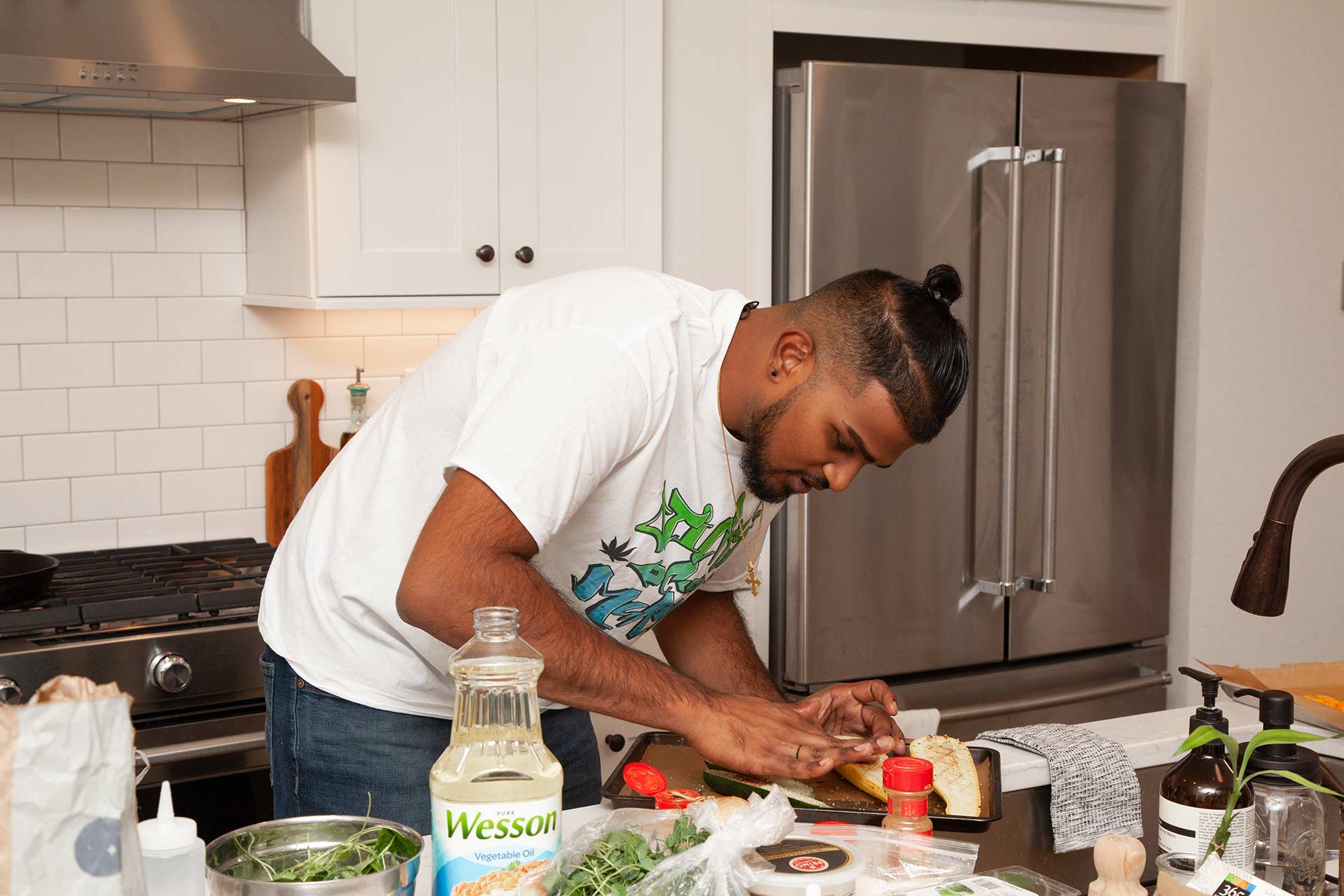
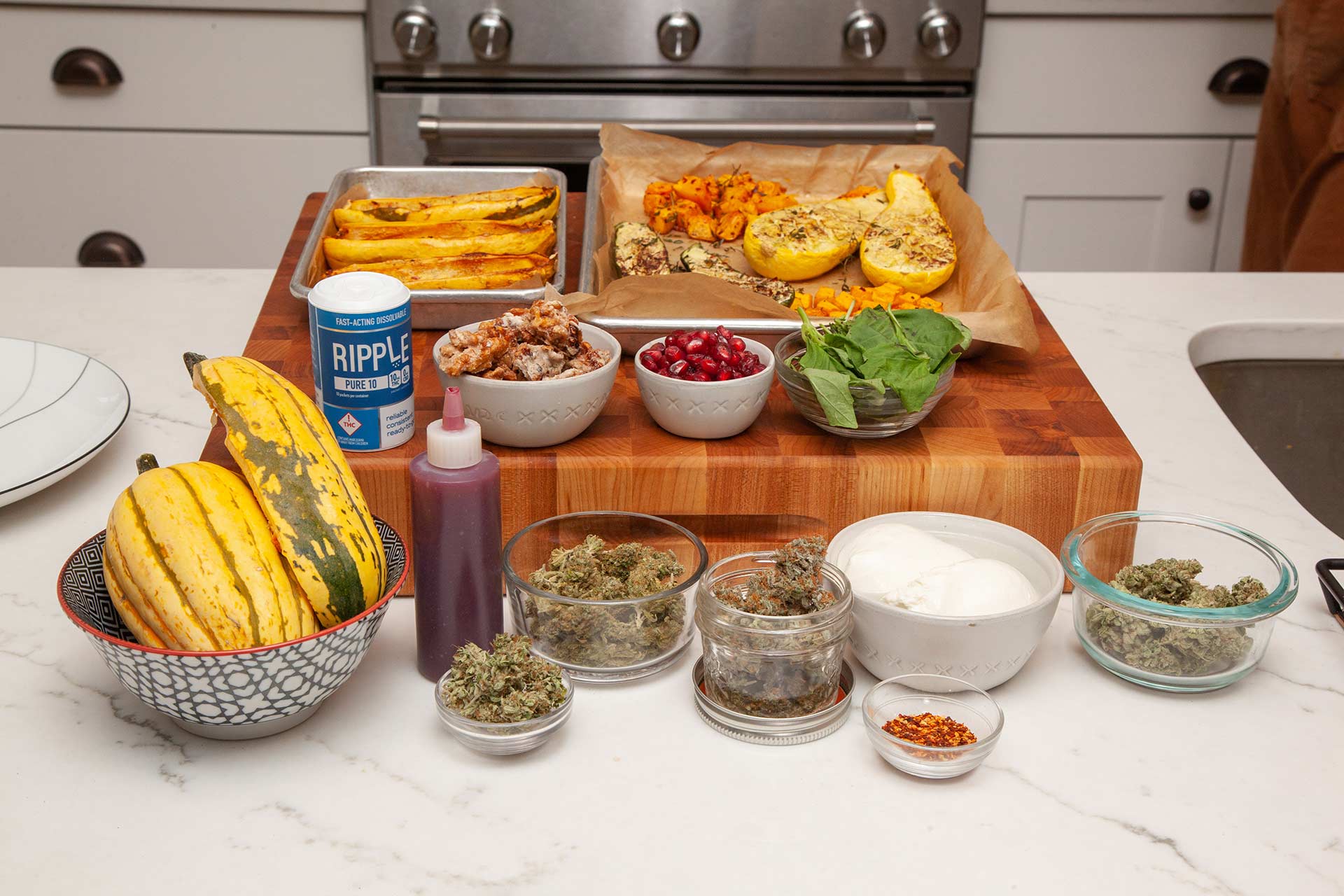
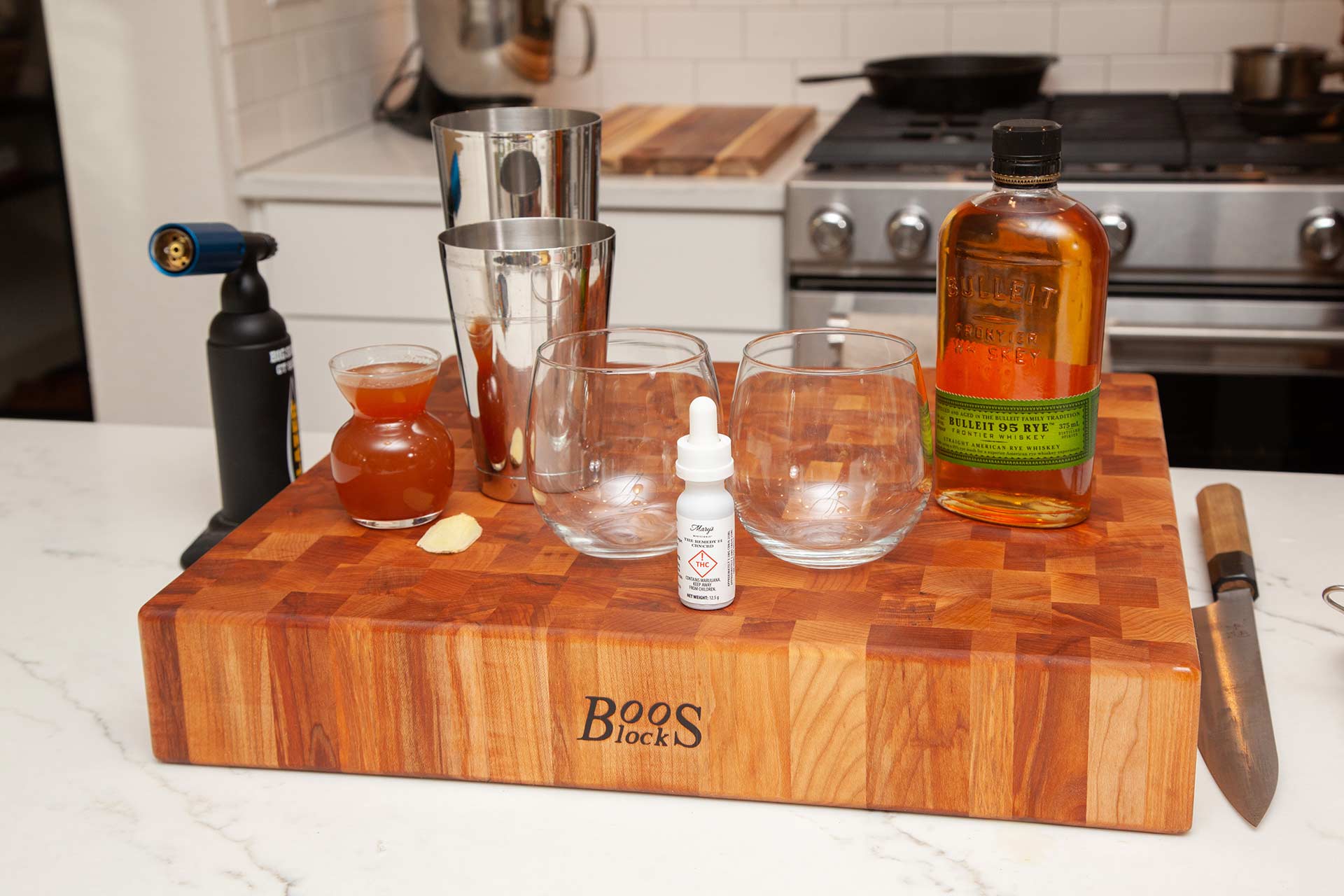

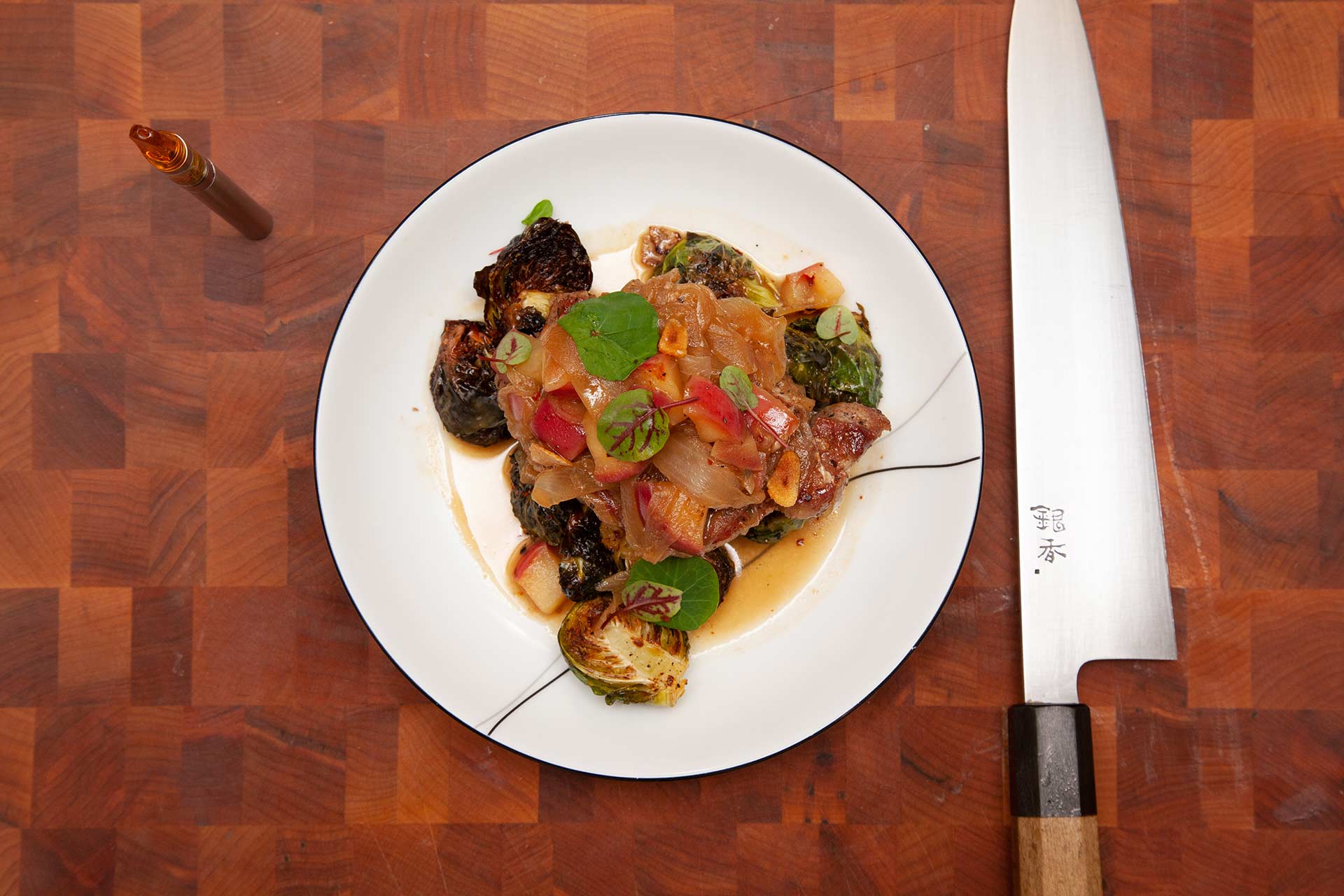
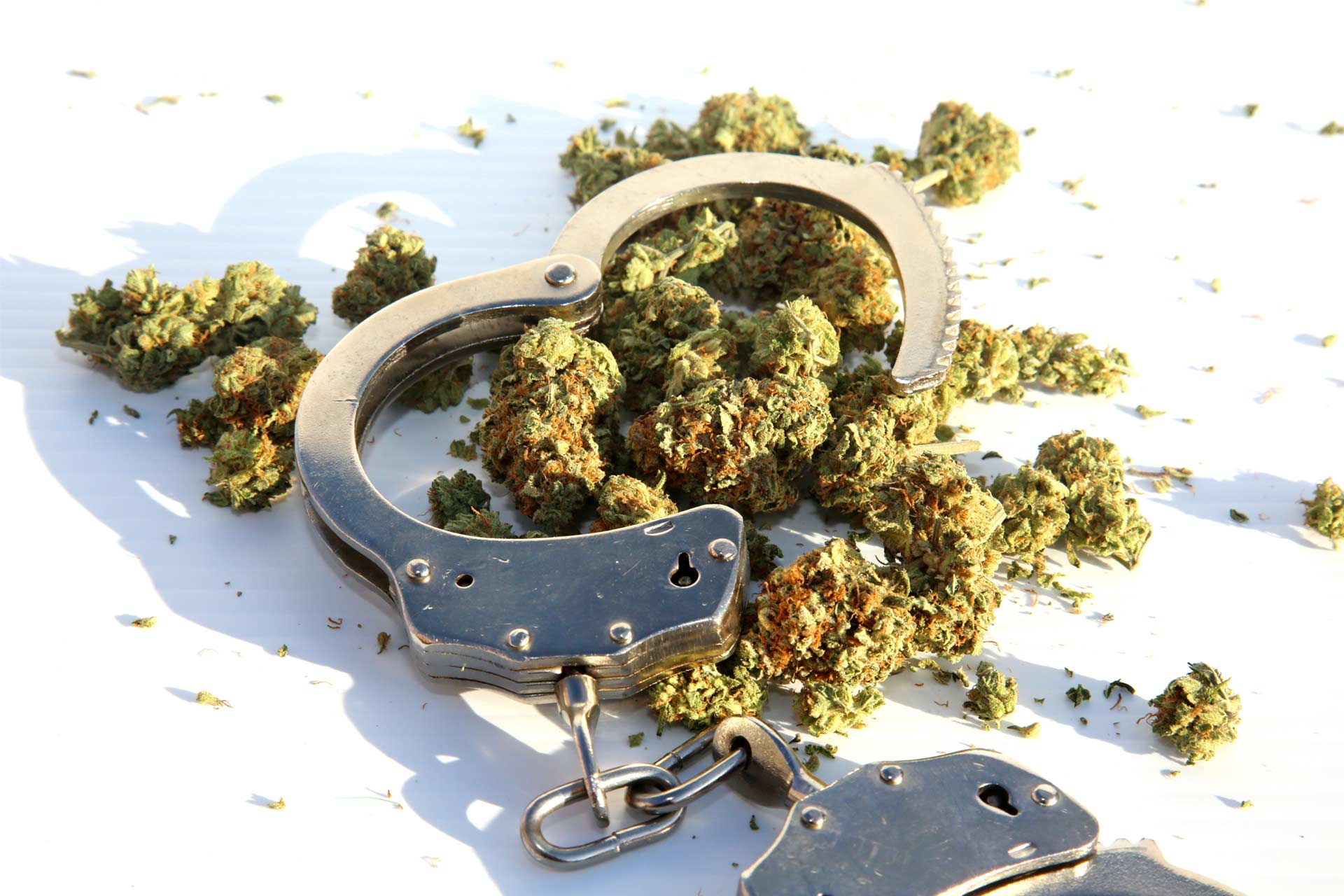
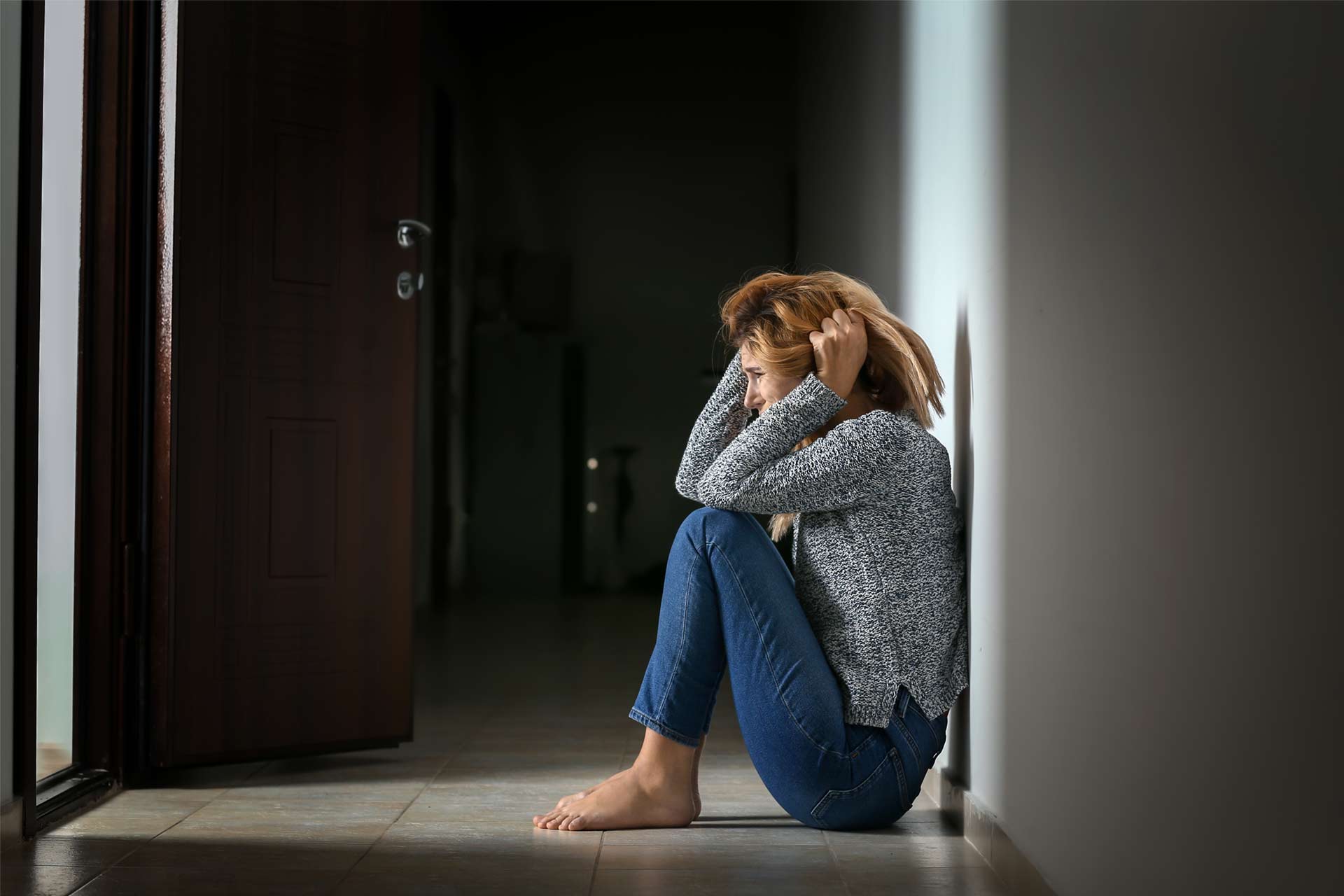
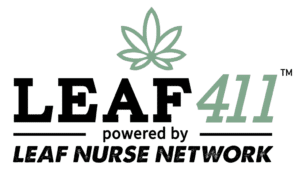
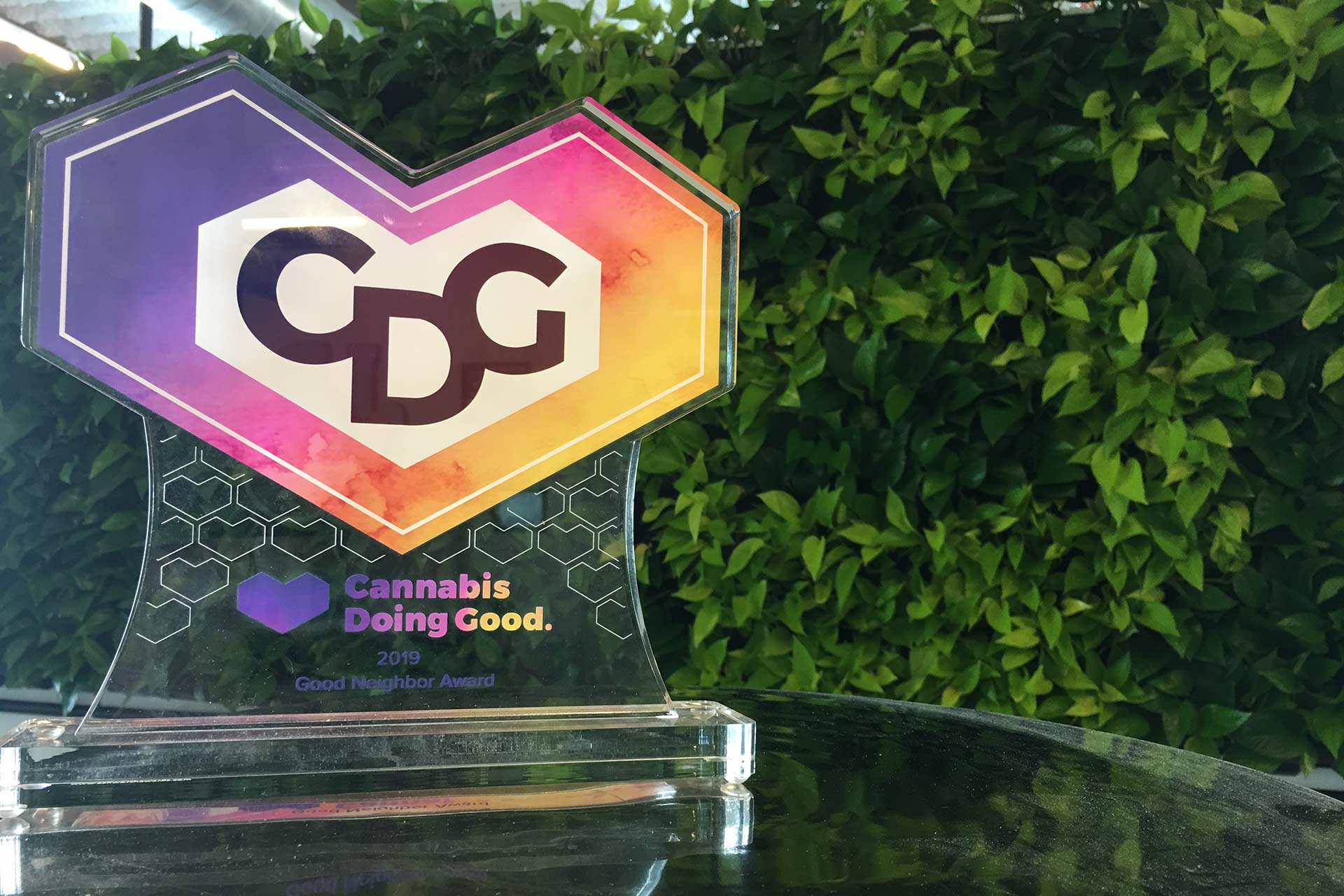
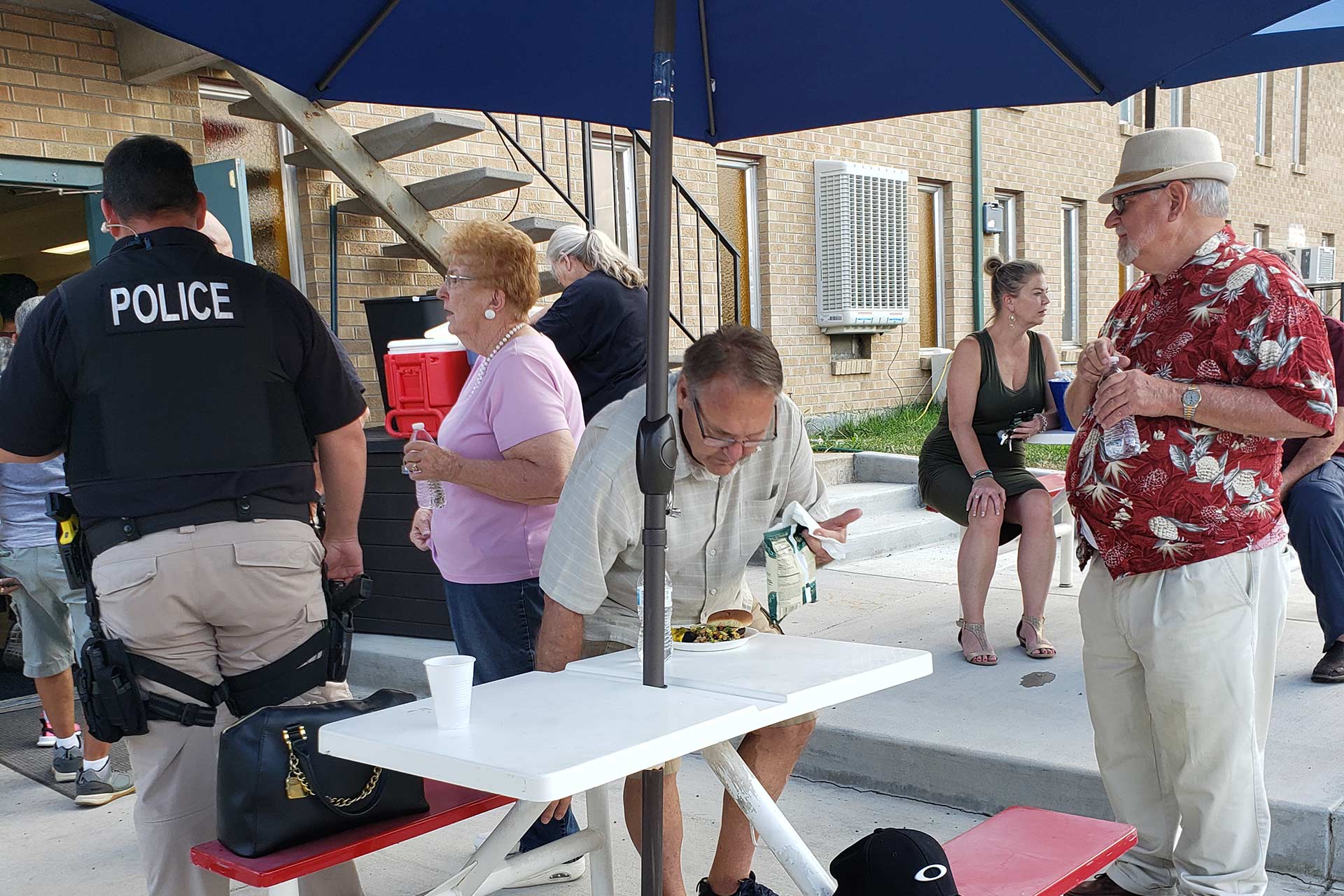
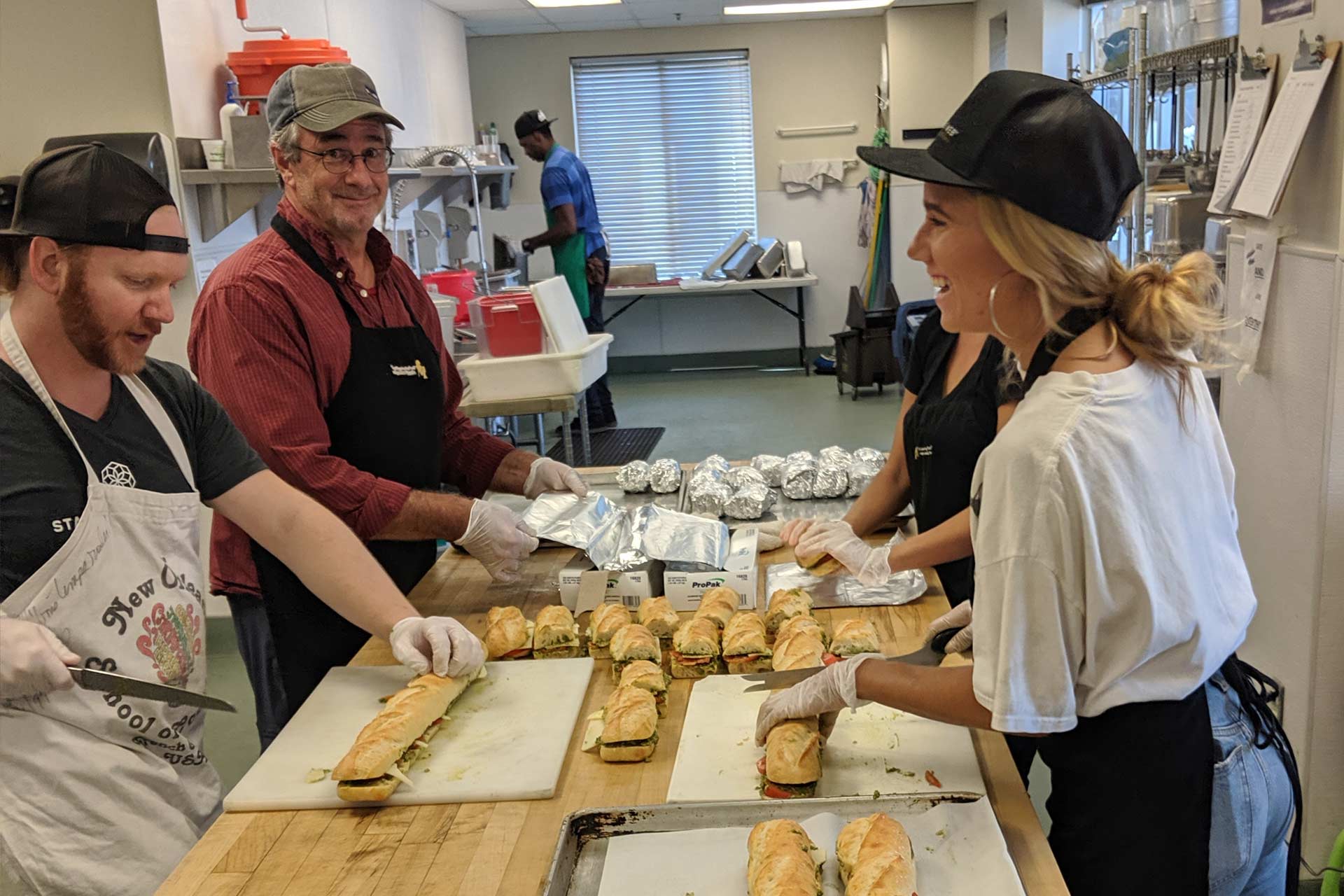
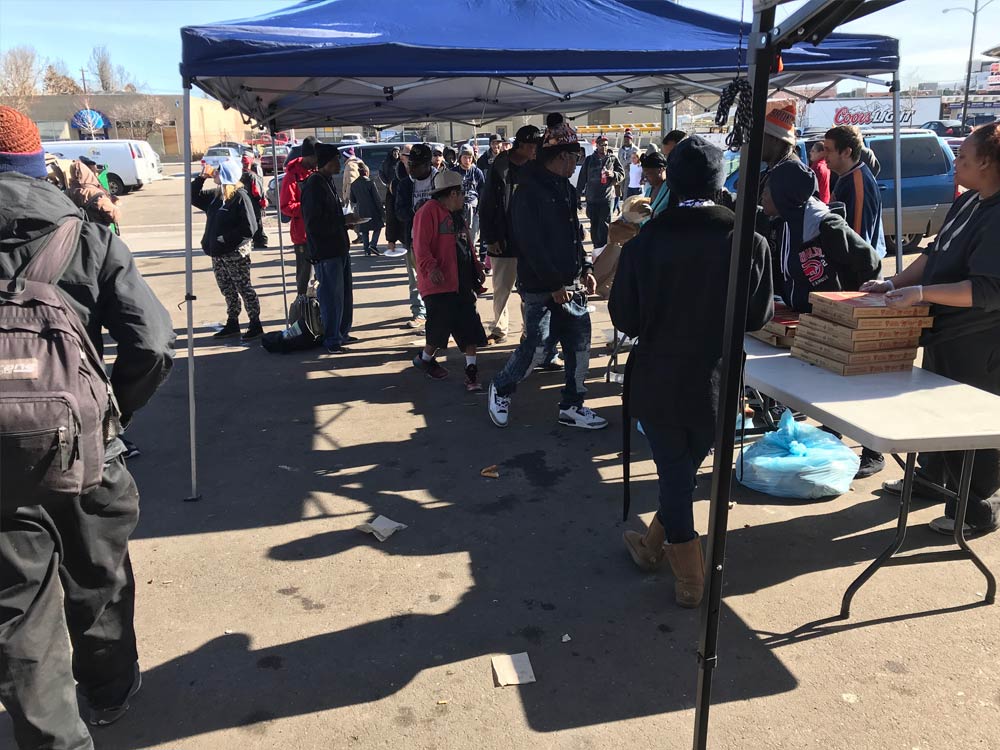
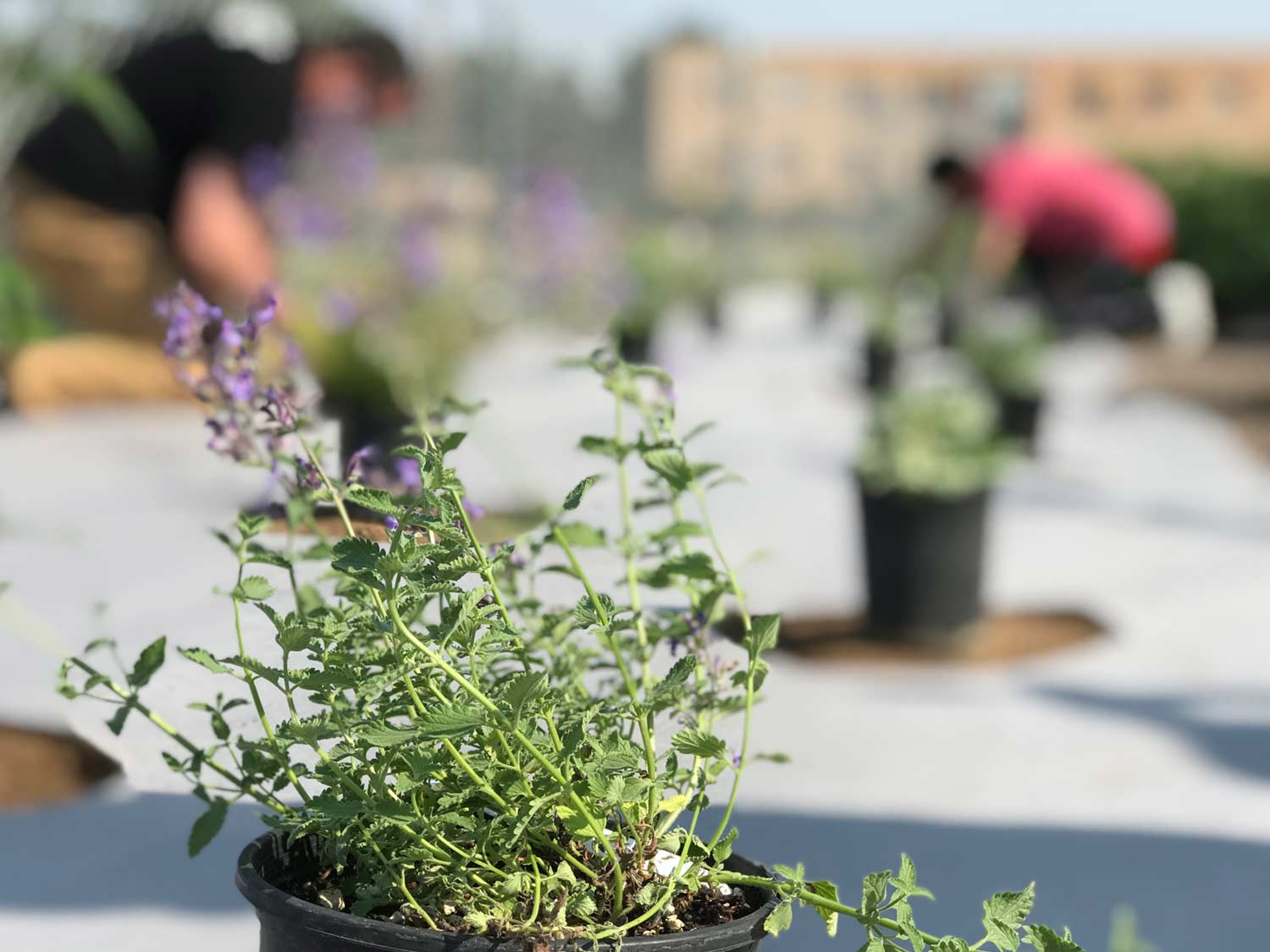
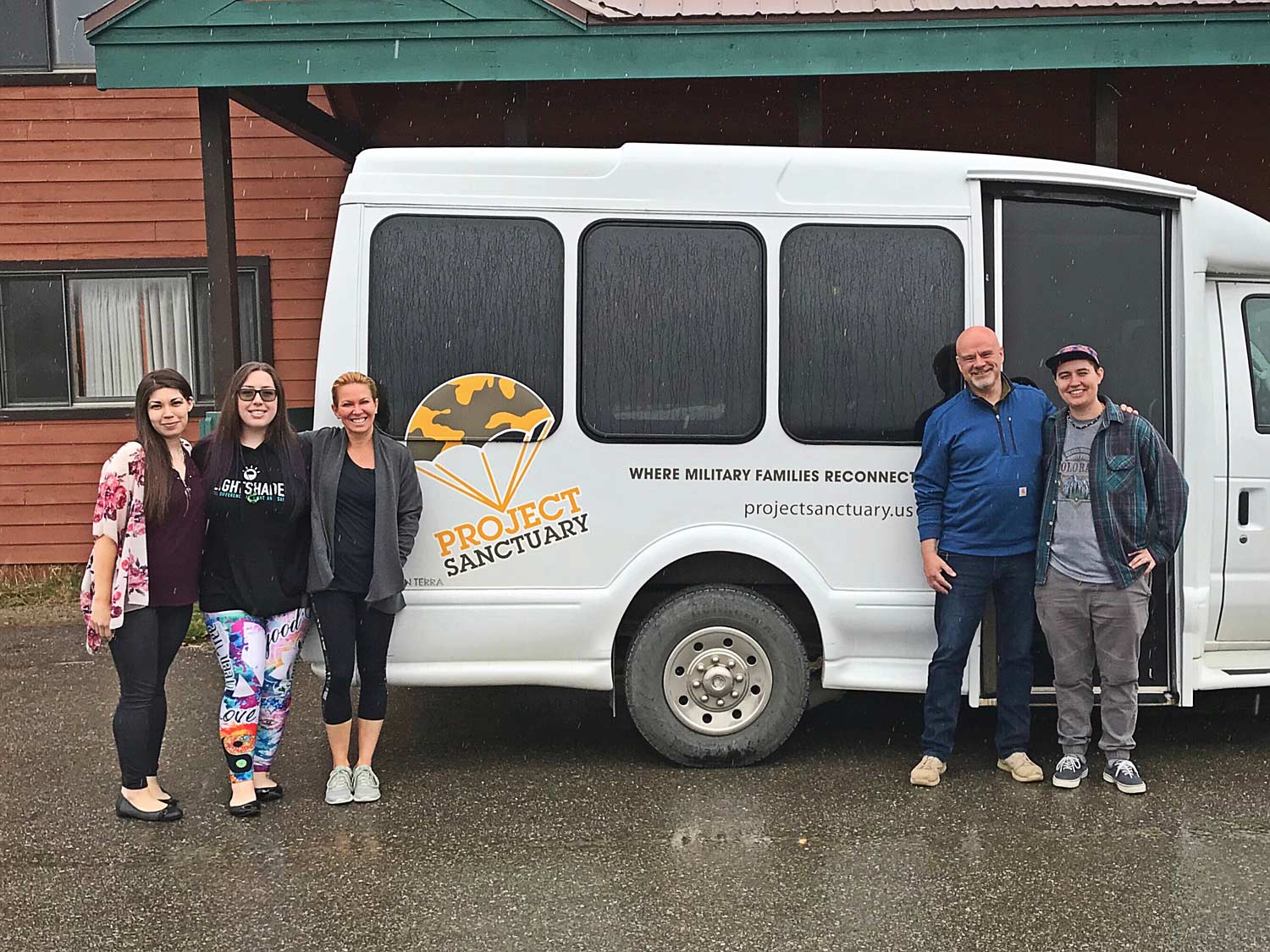

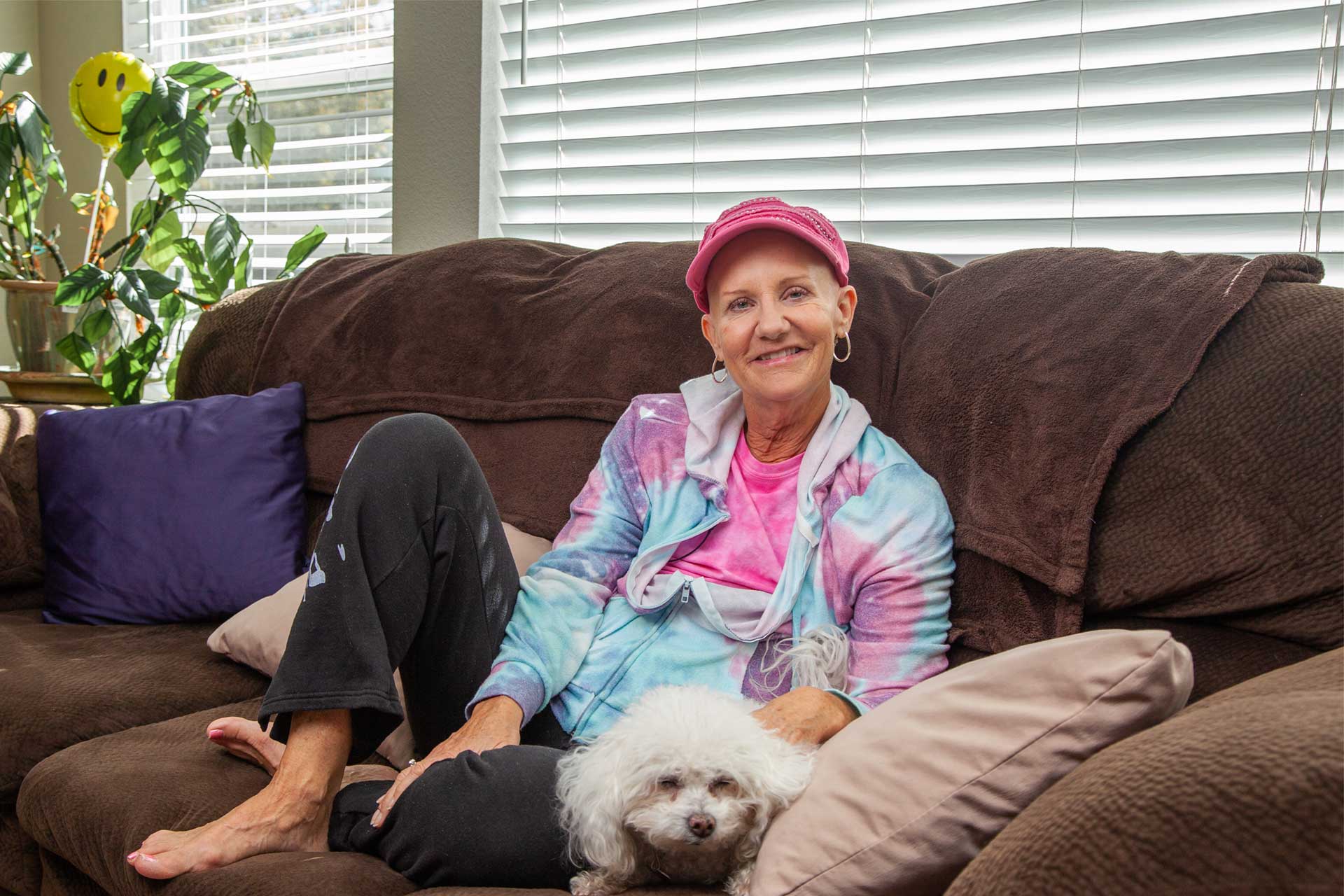
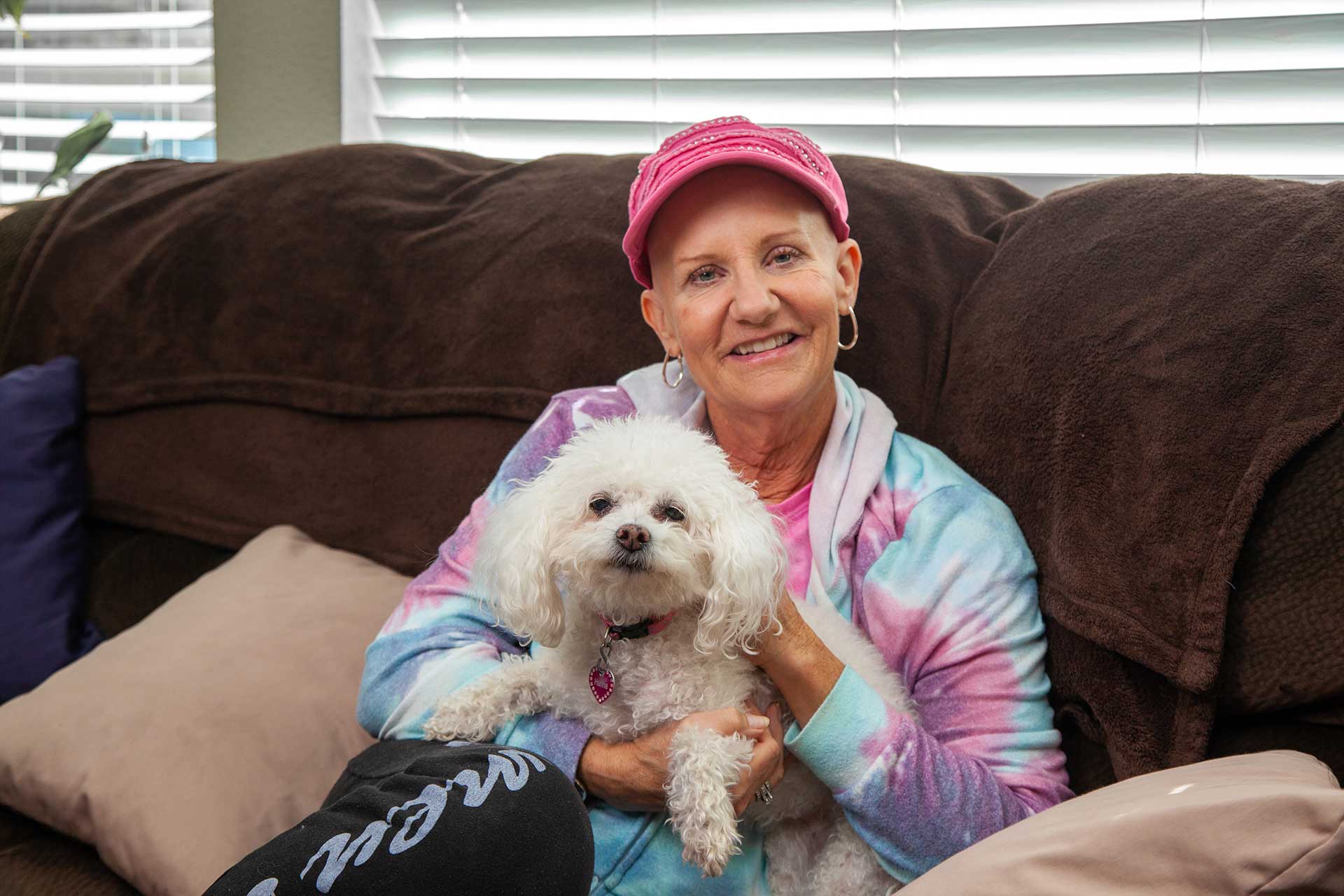
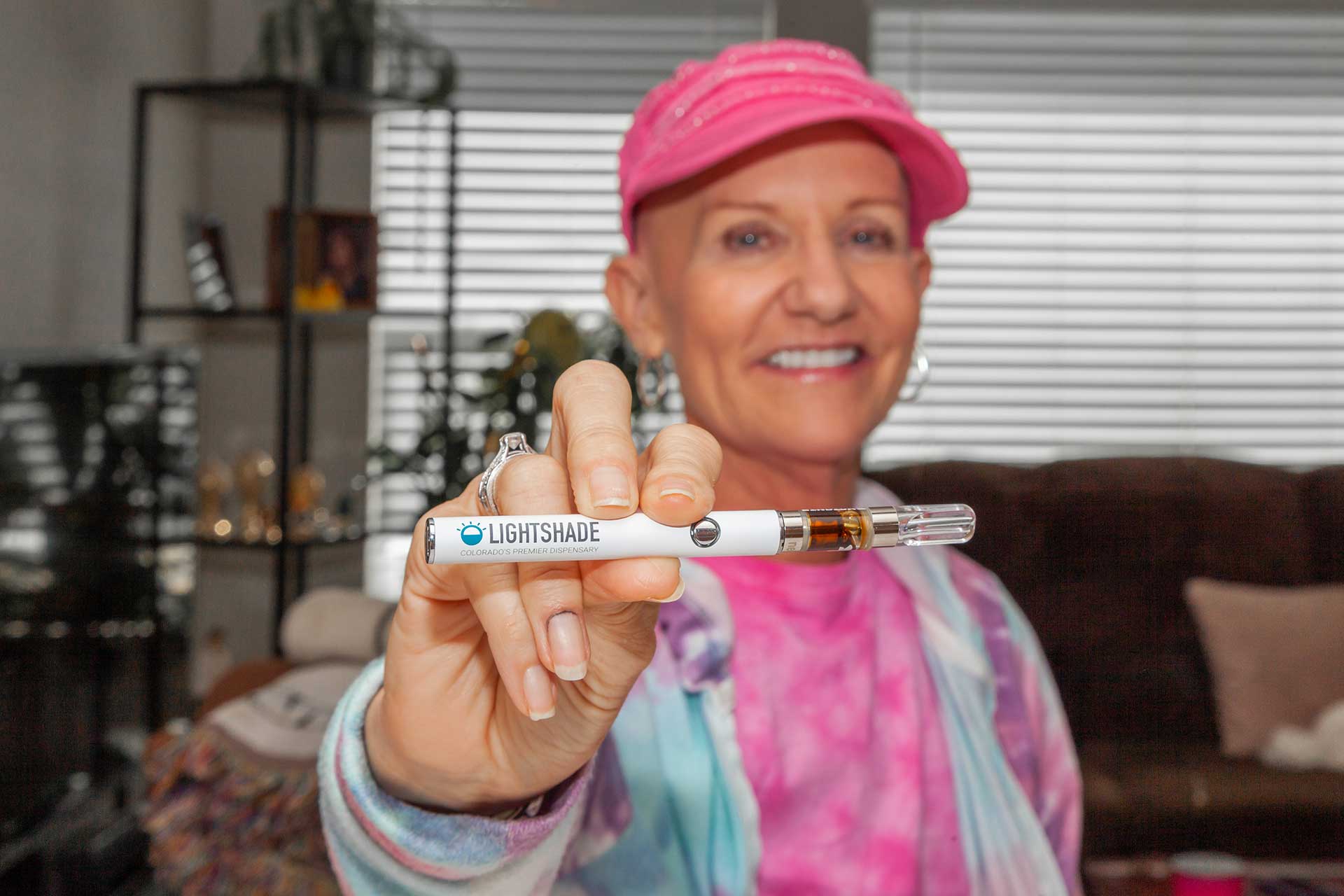
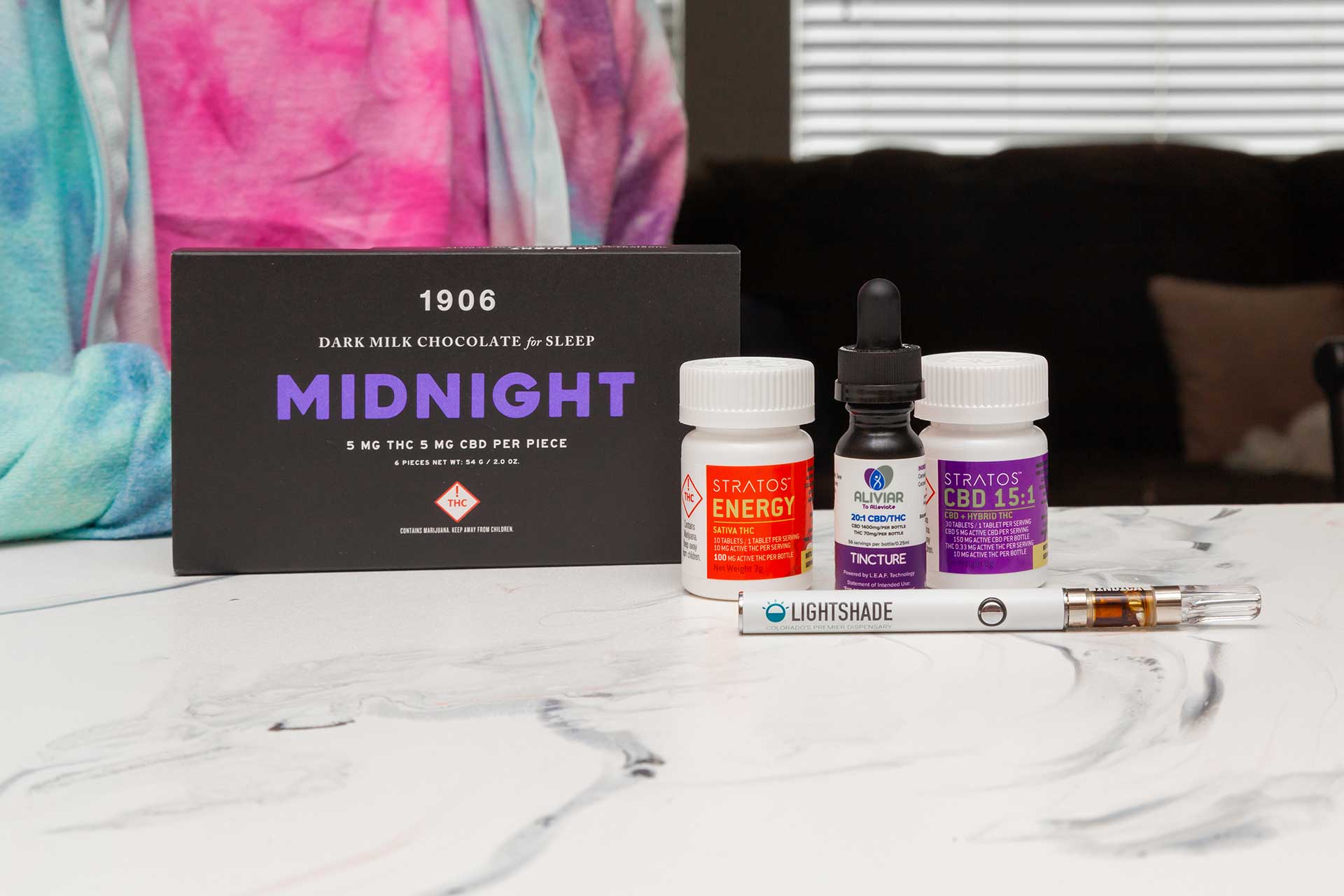

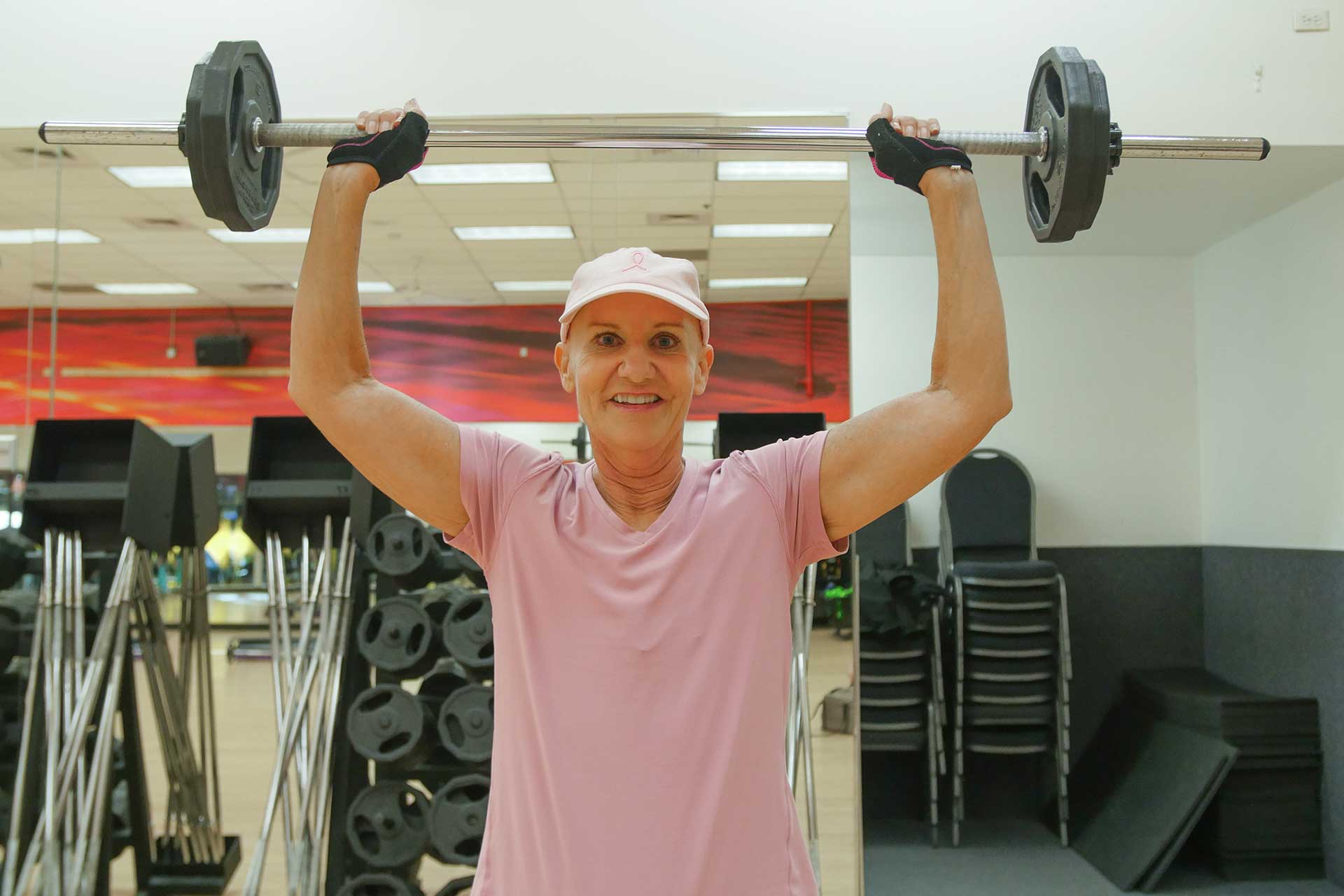
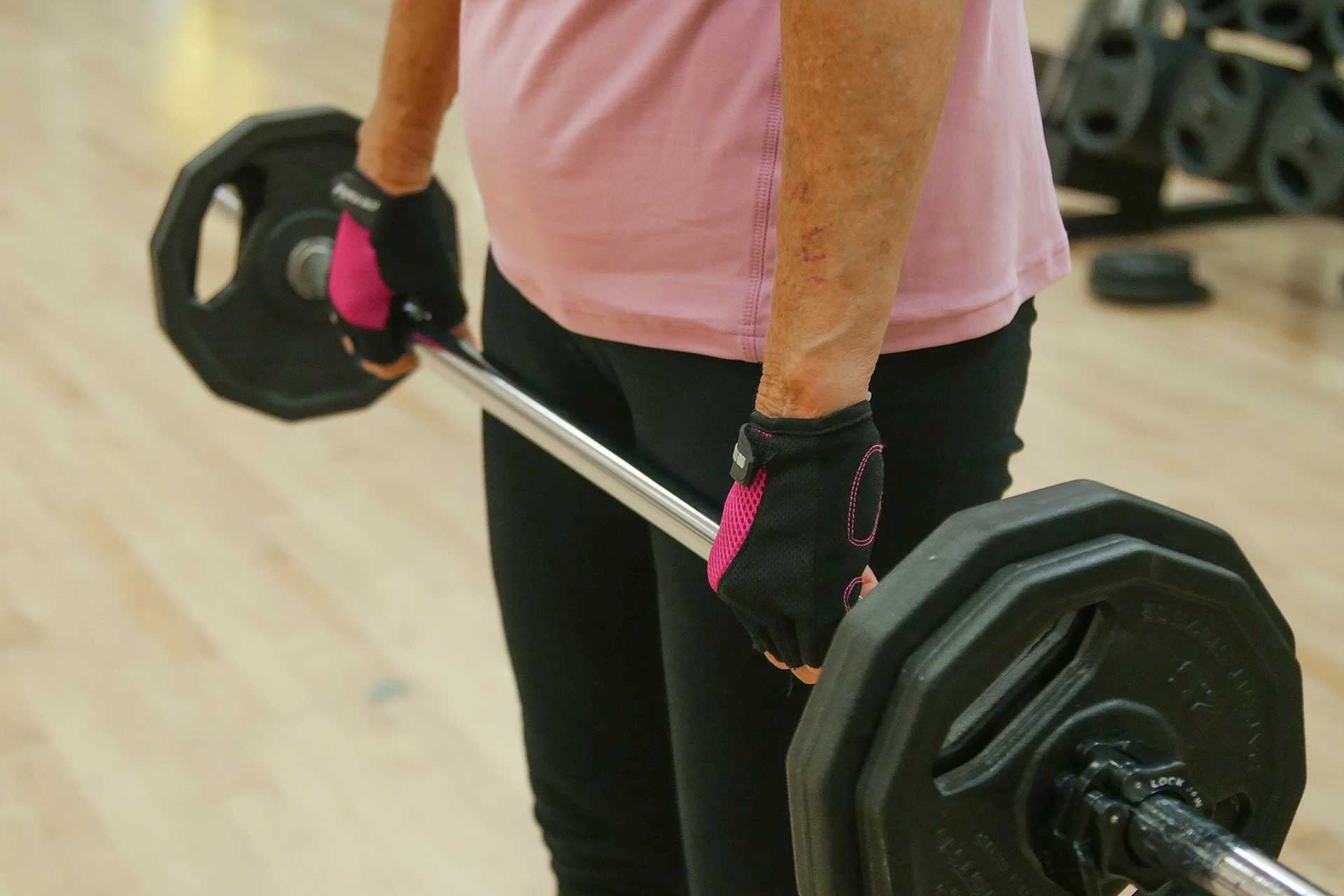
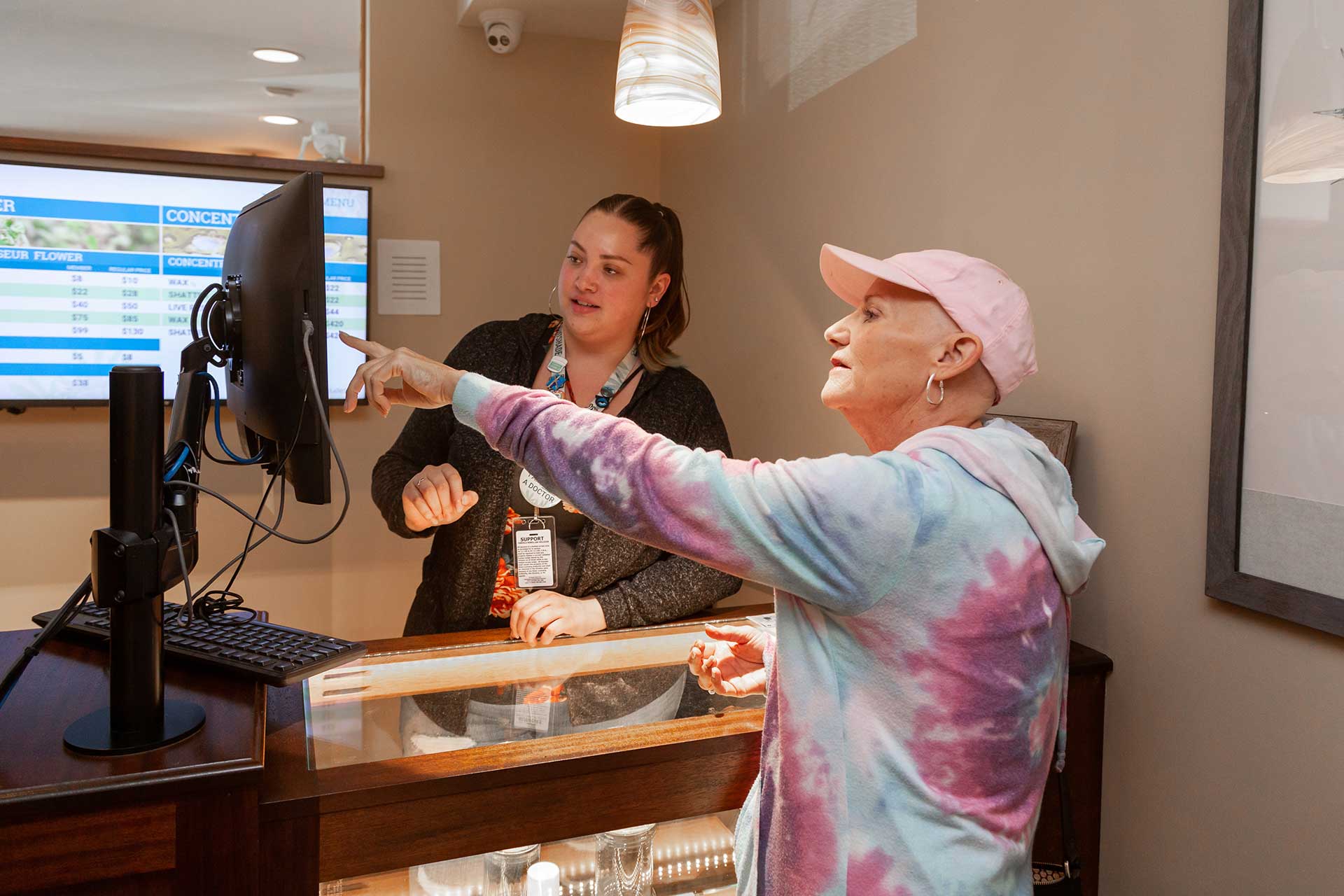


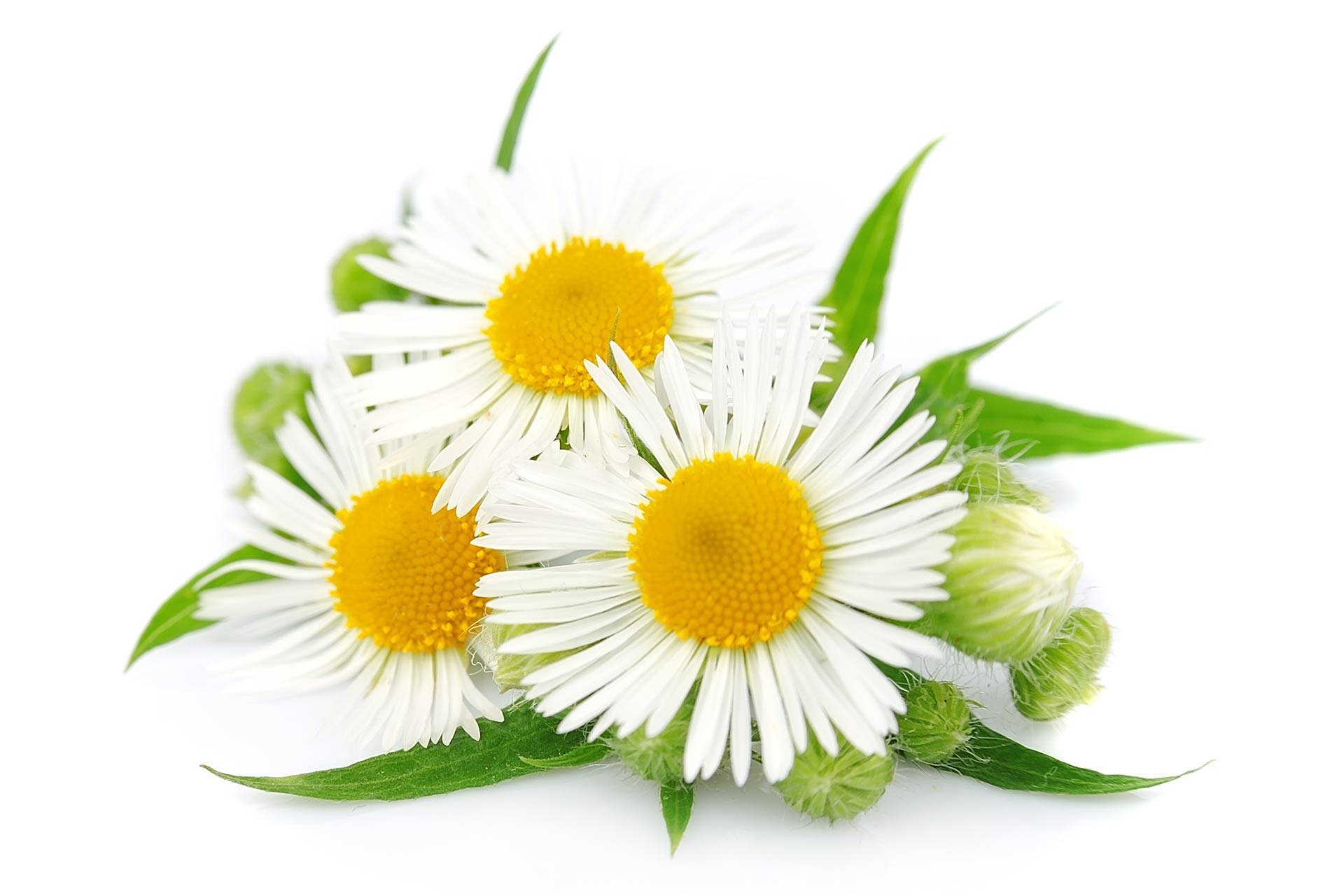
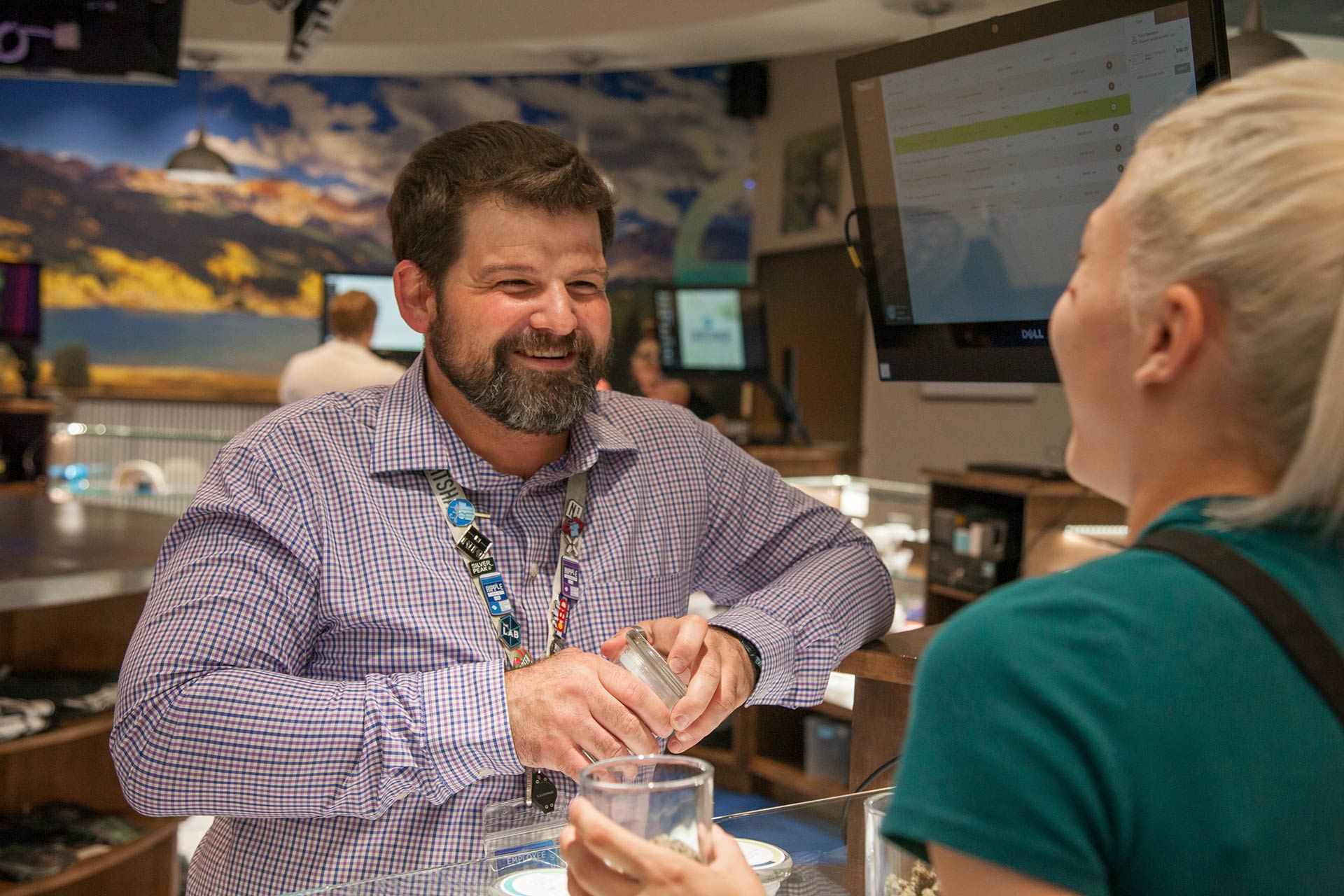
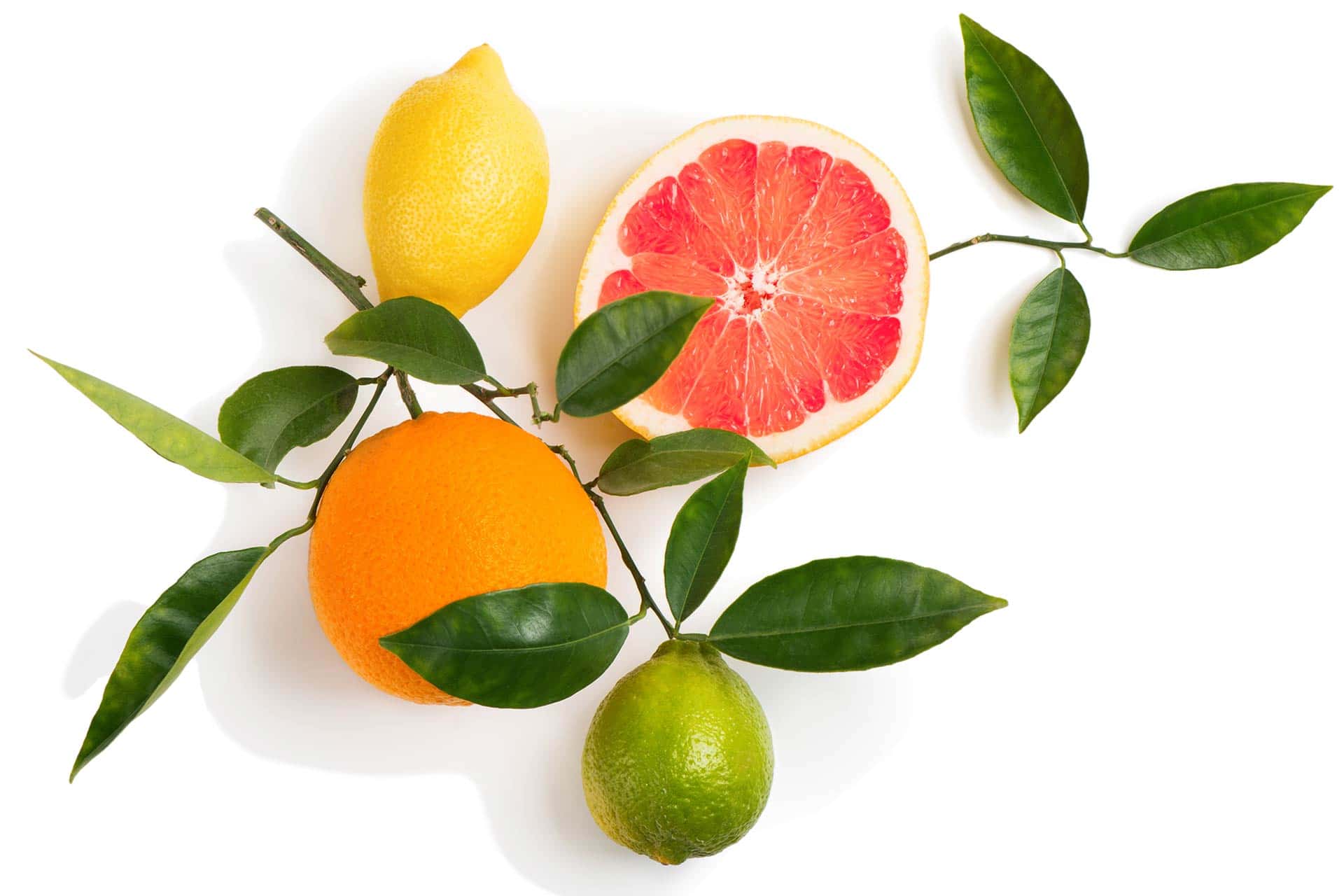 What’s the deal with terpenes?
What’s the deal with terpenes? 